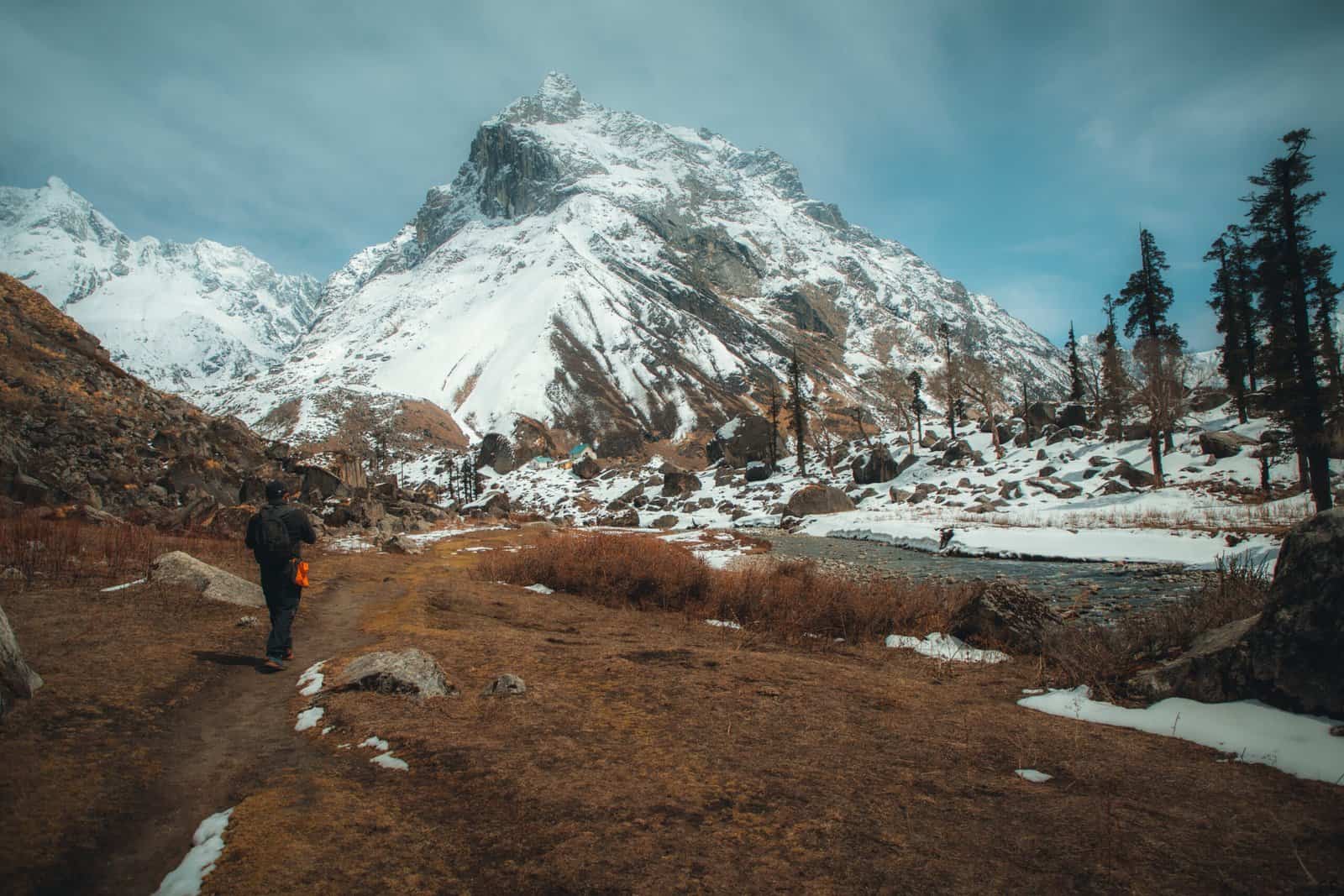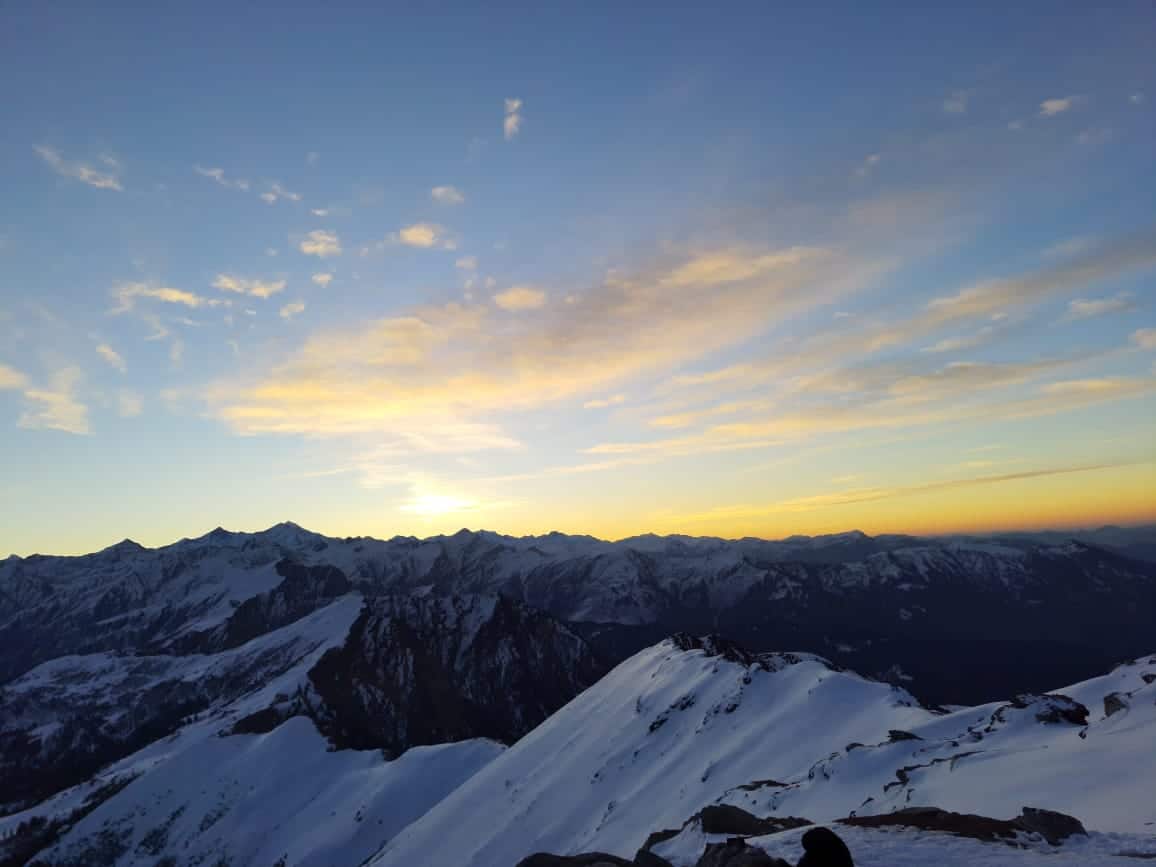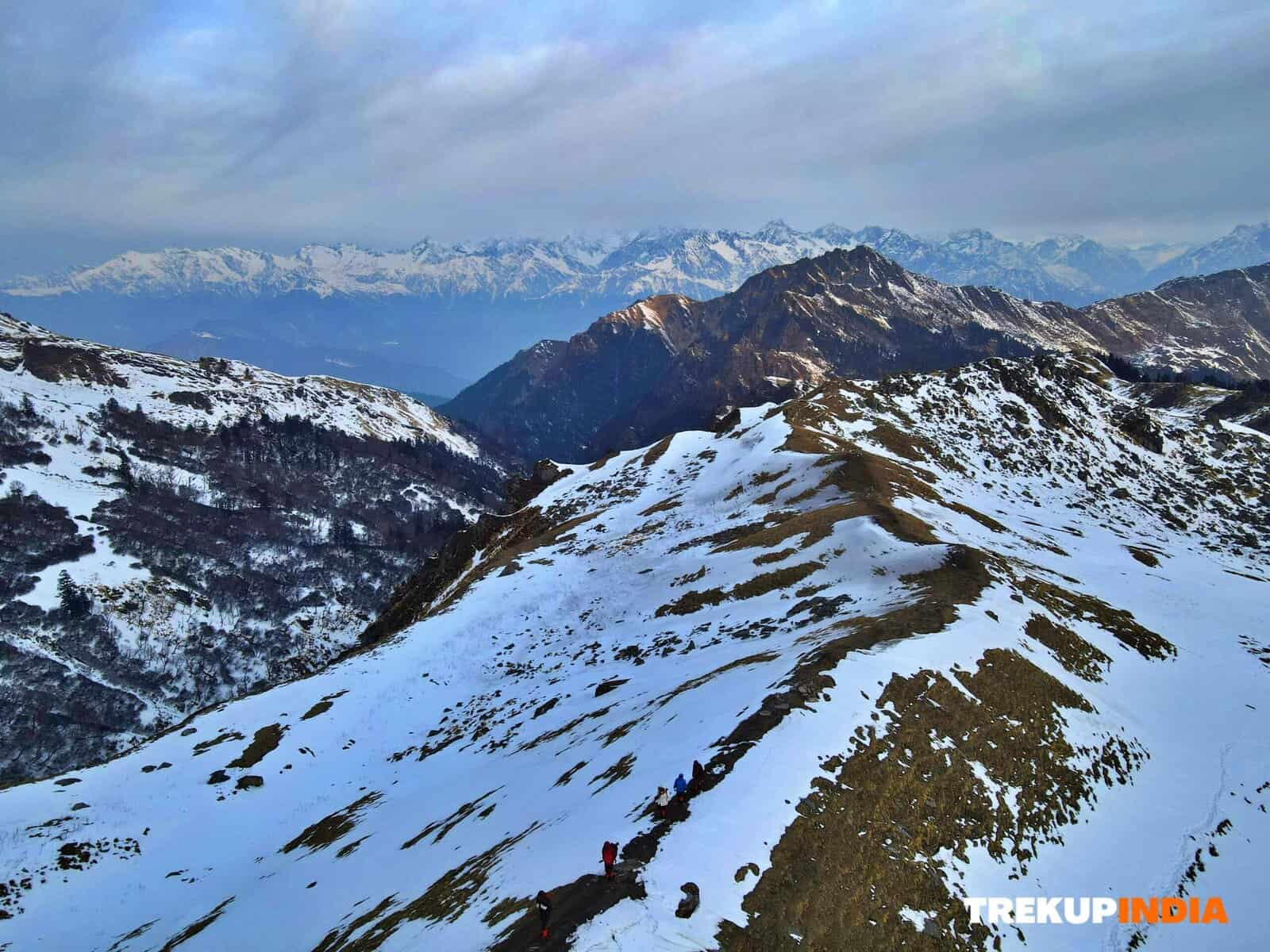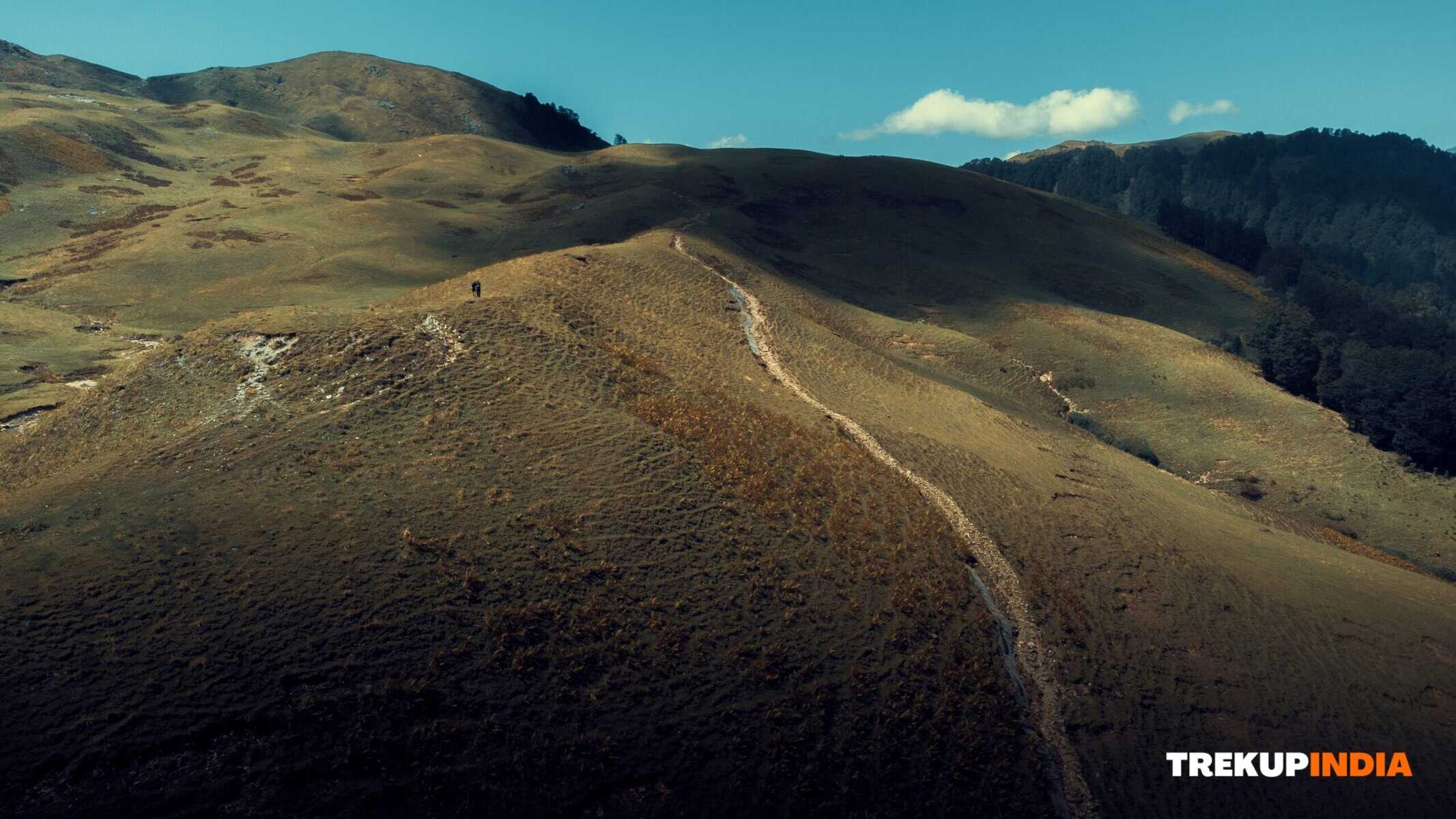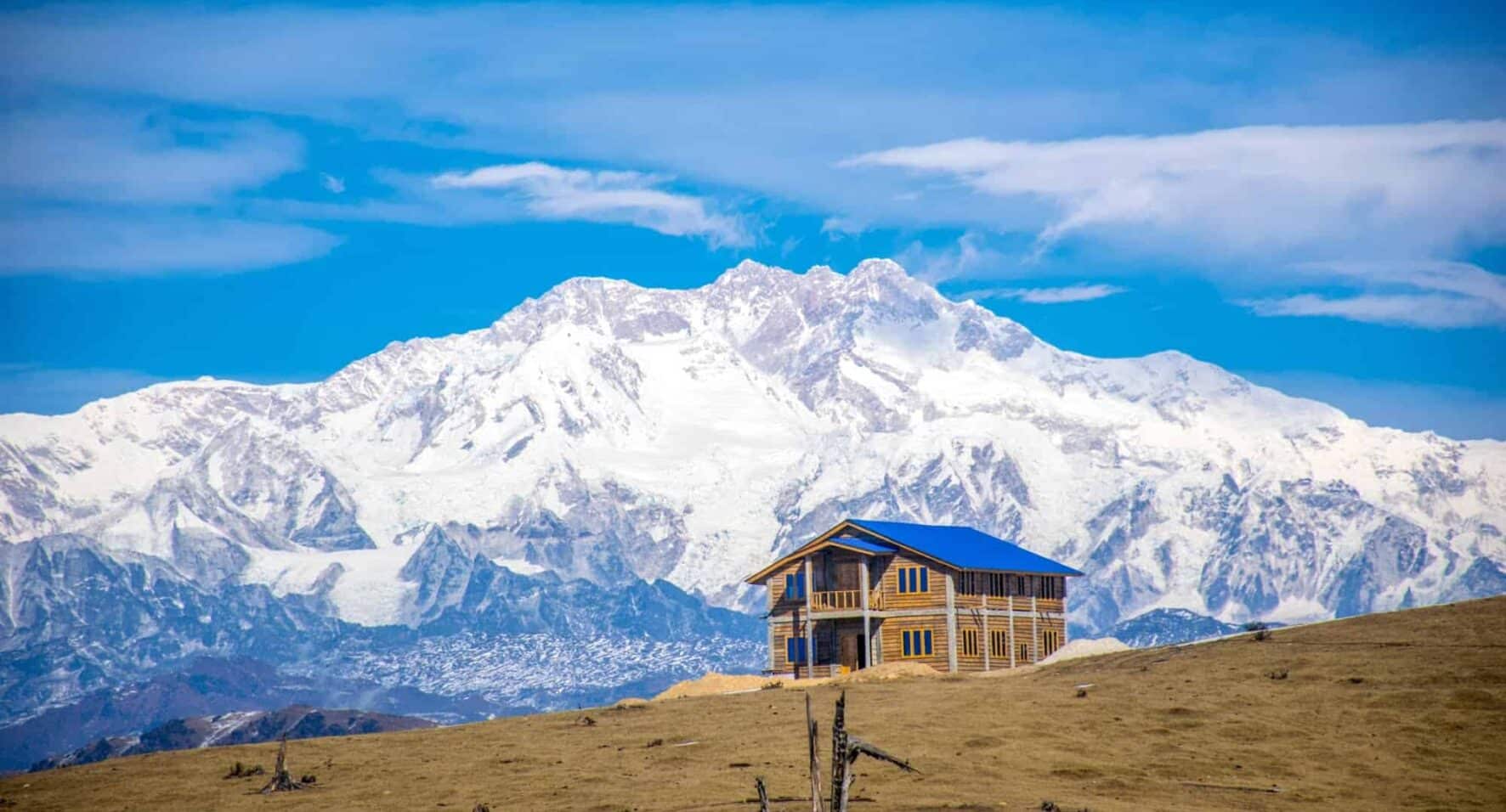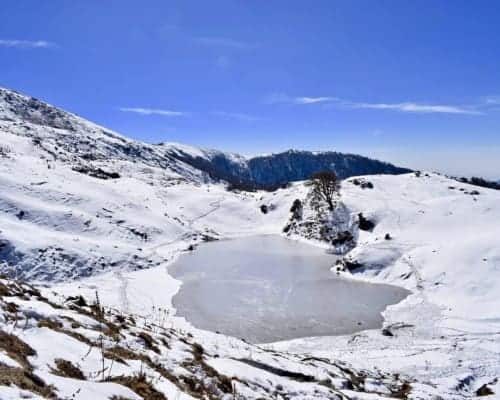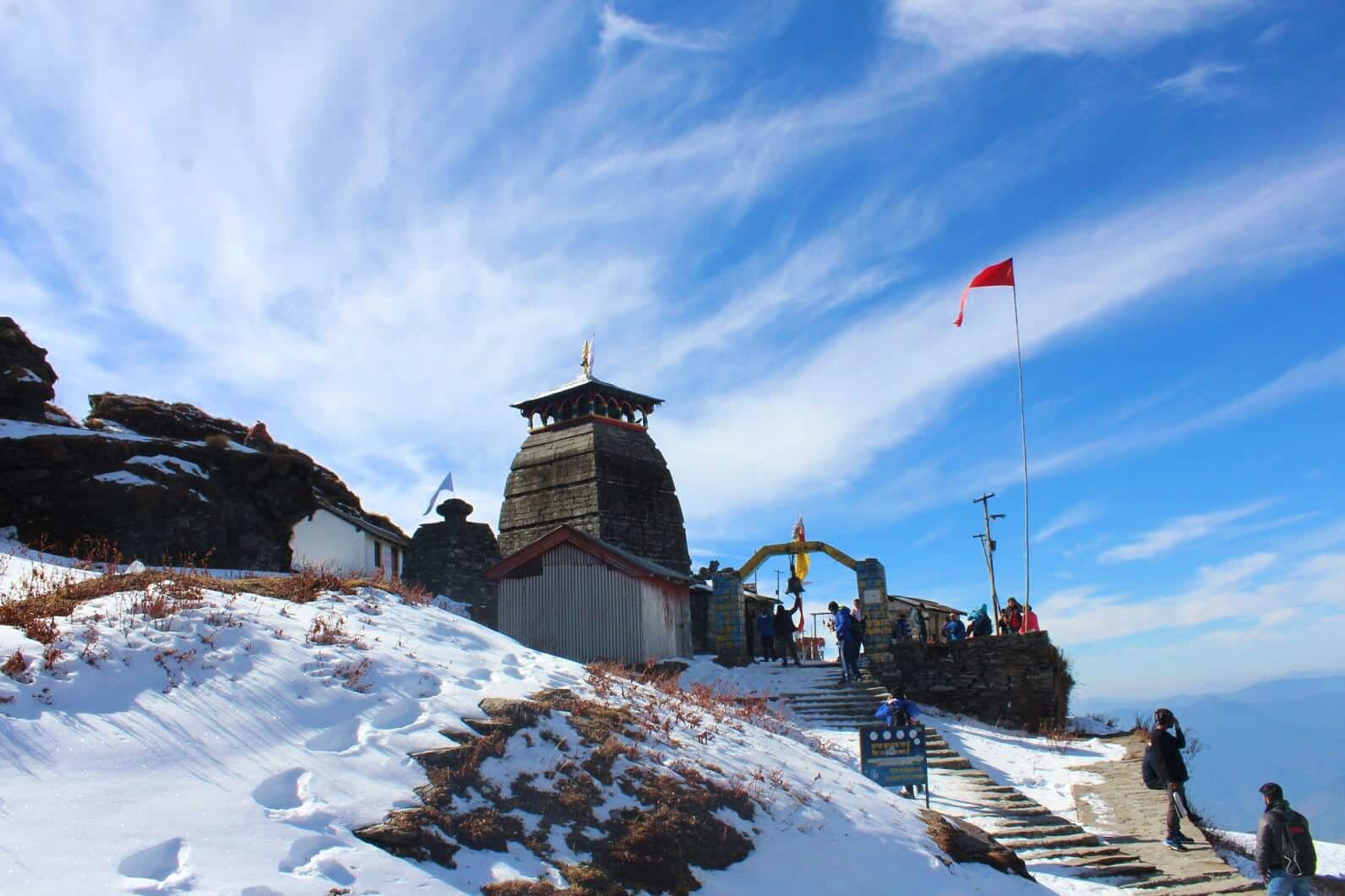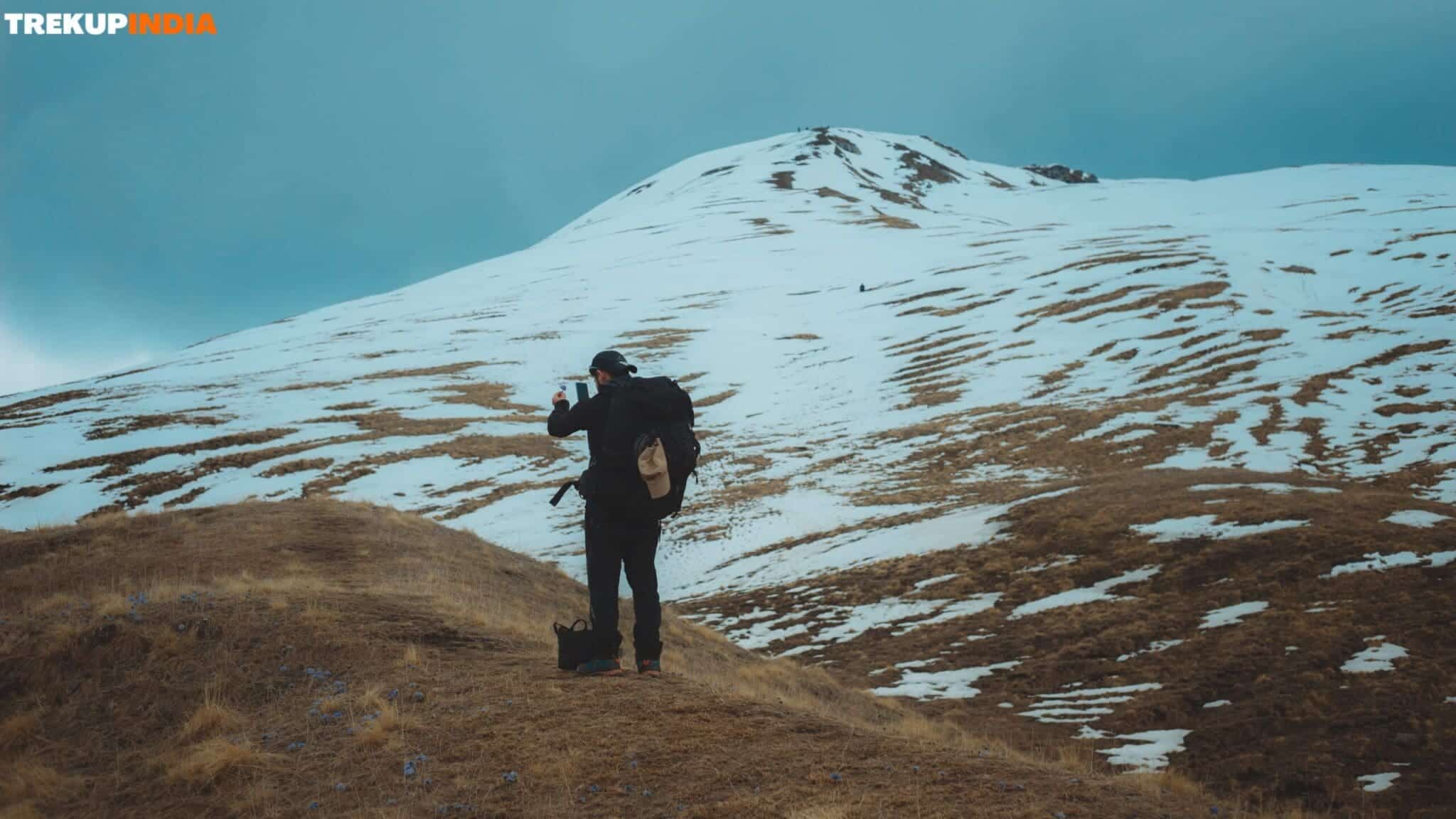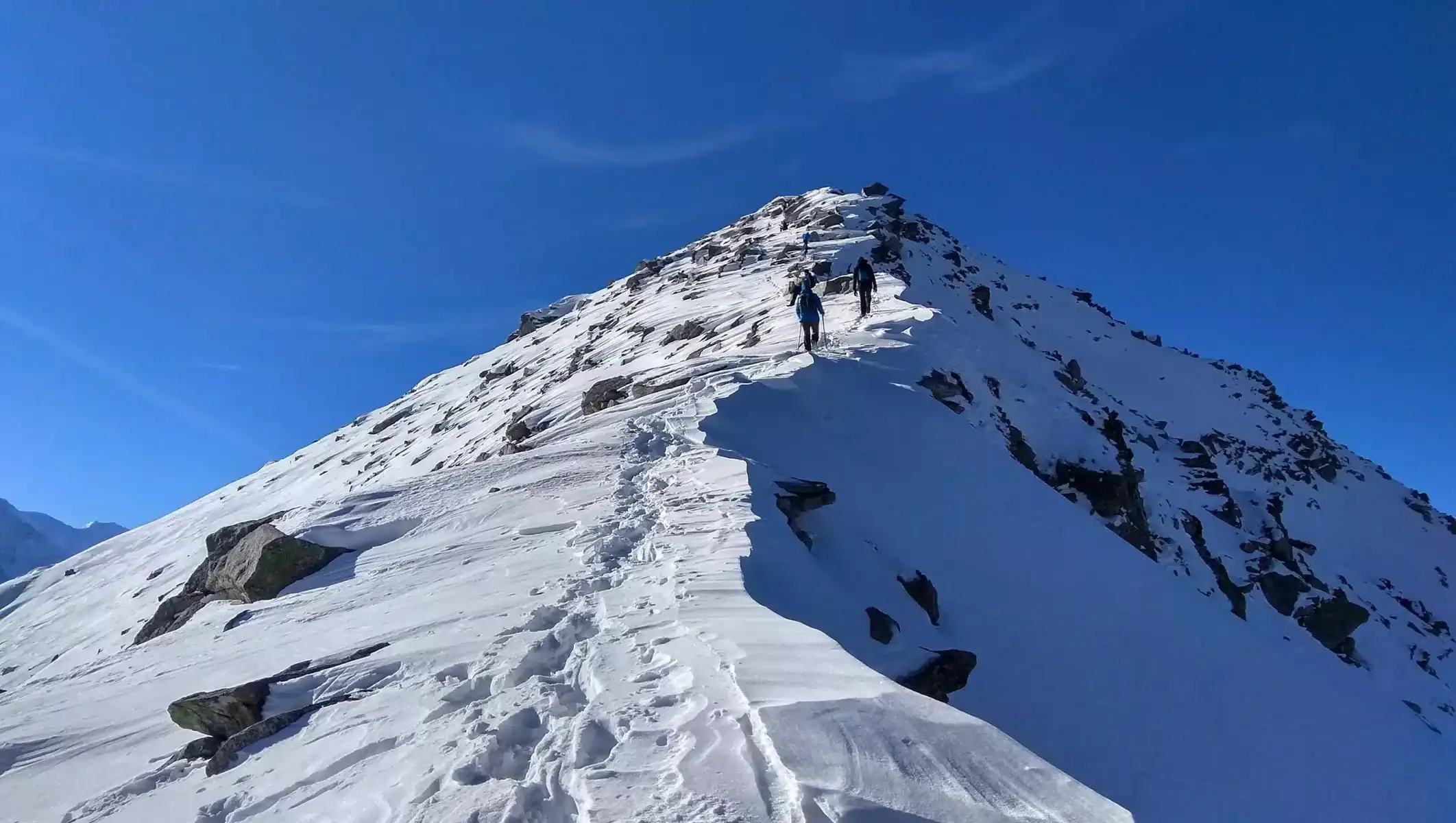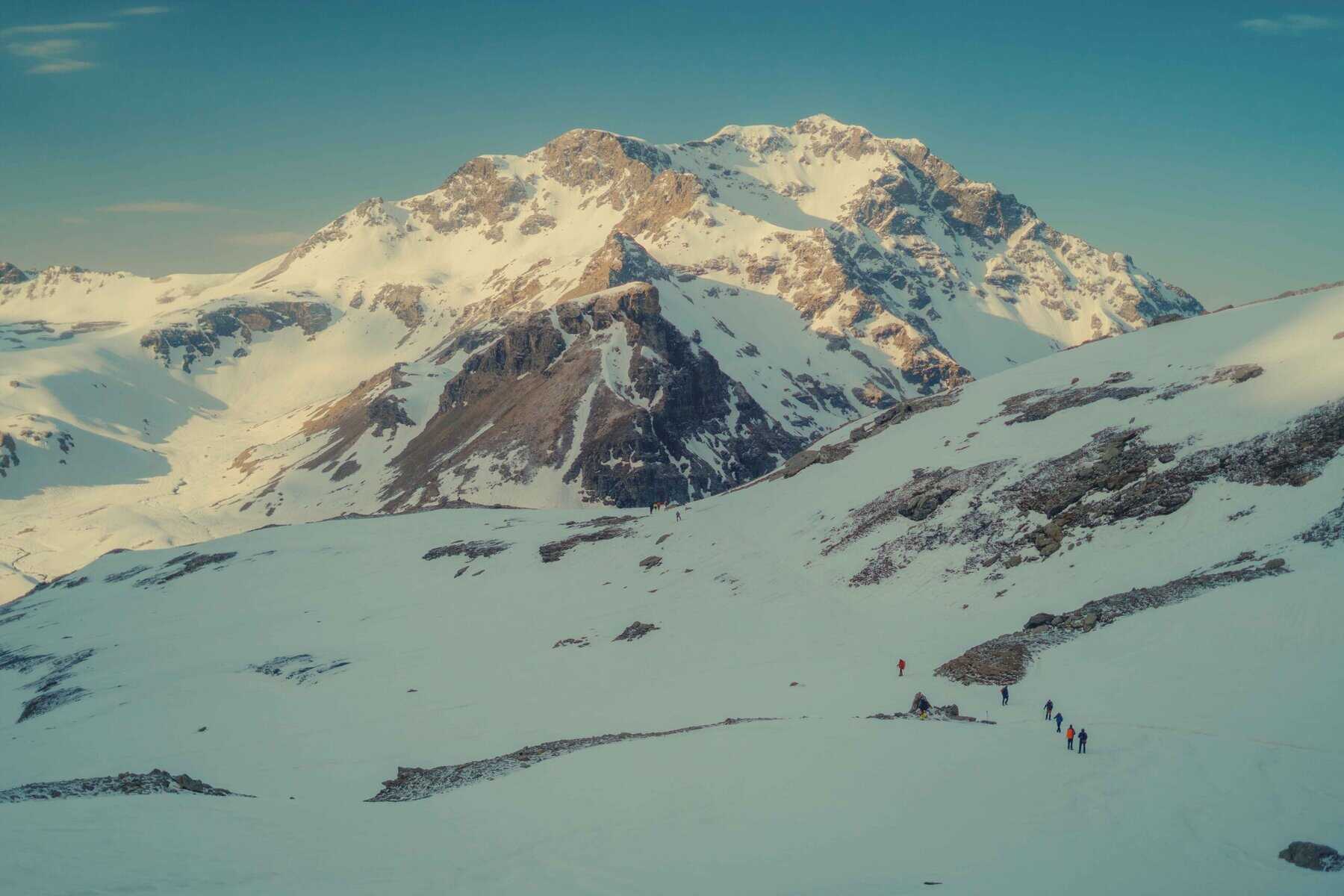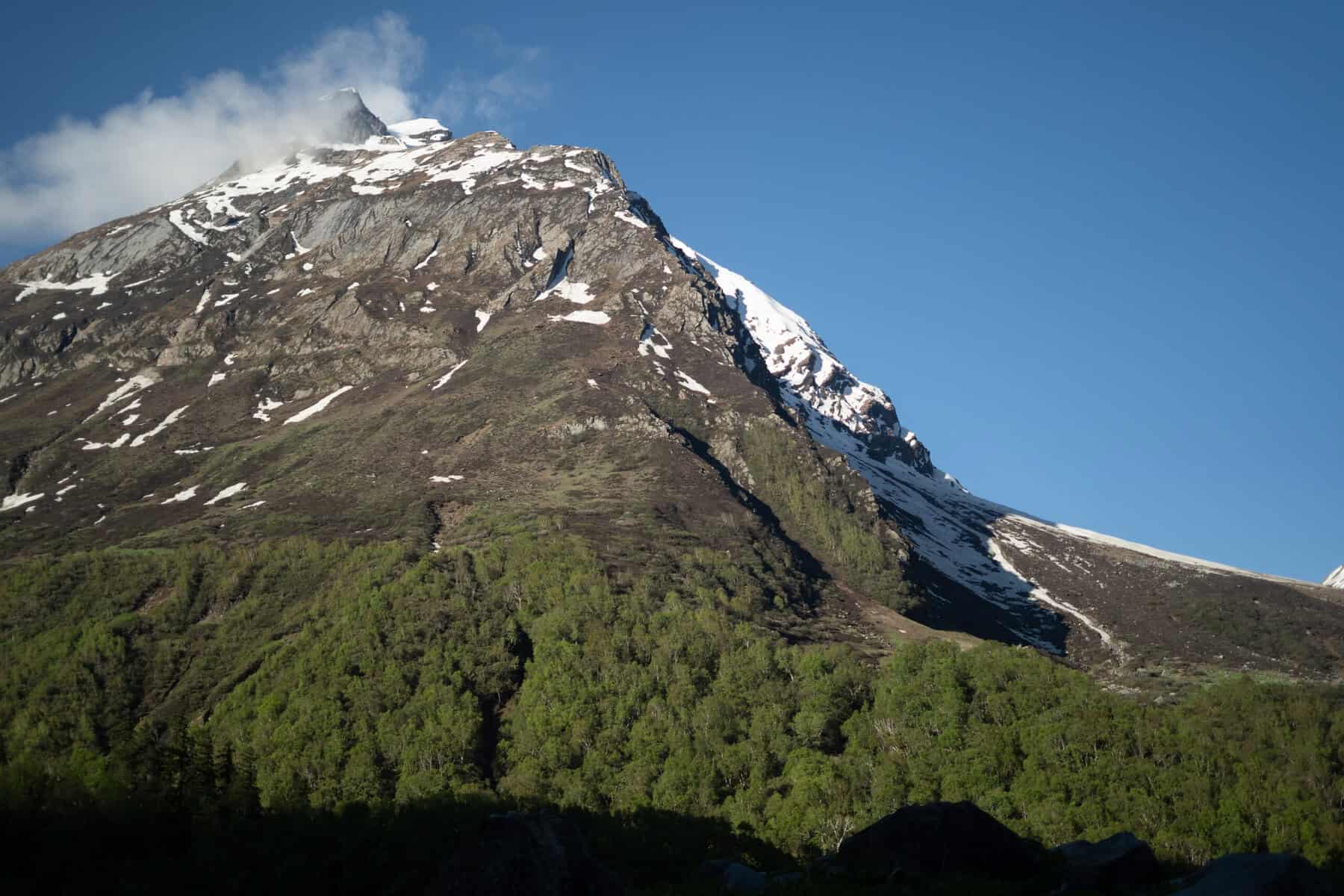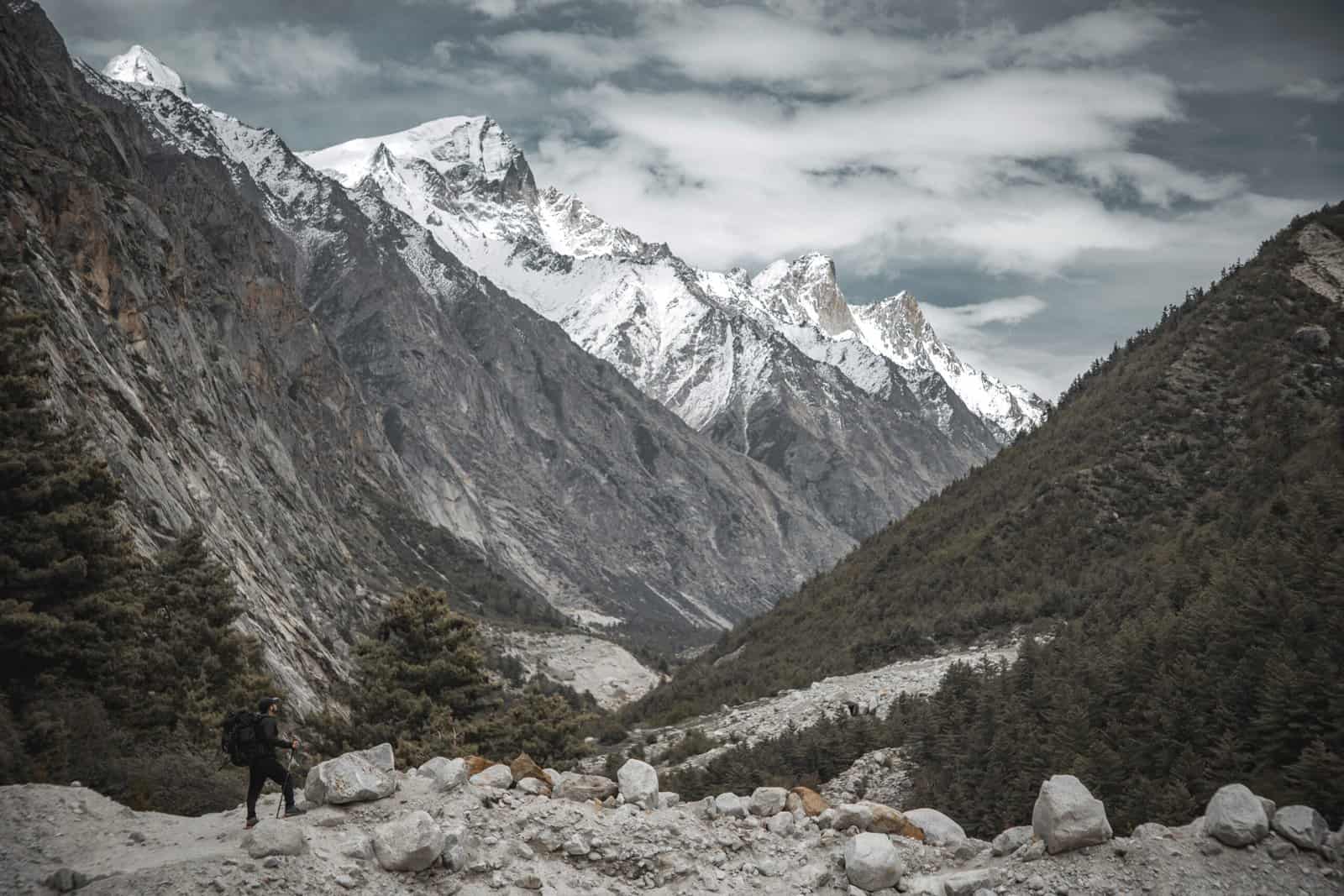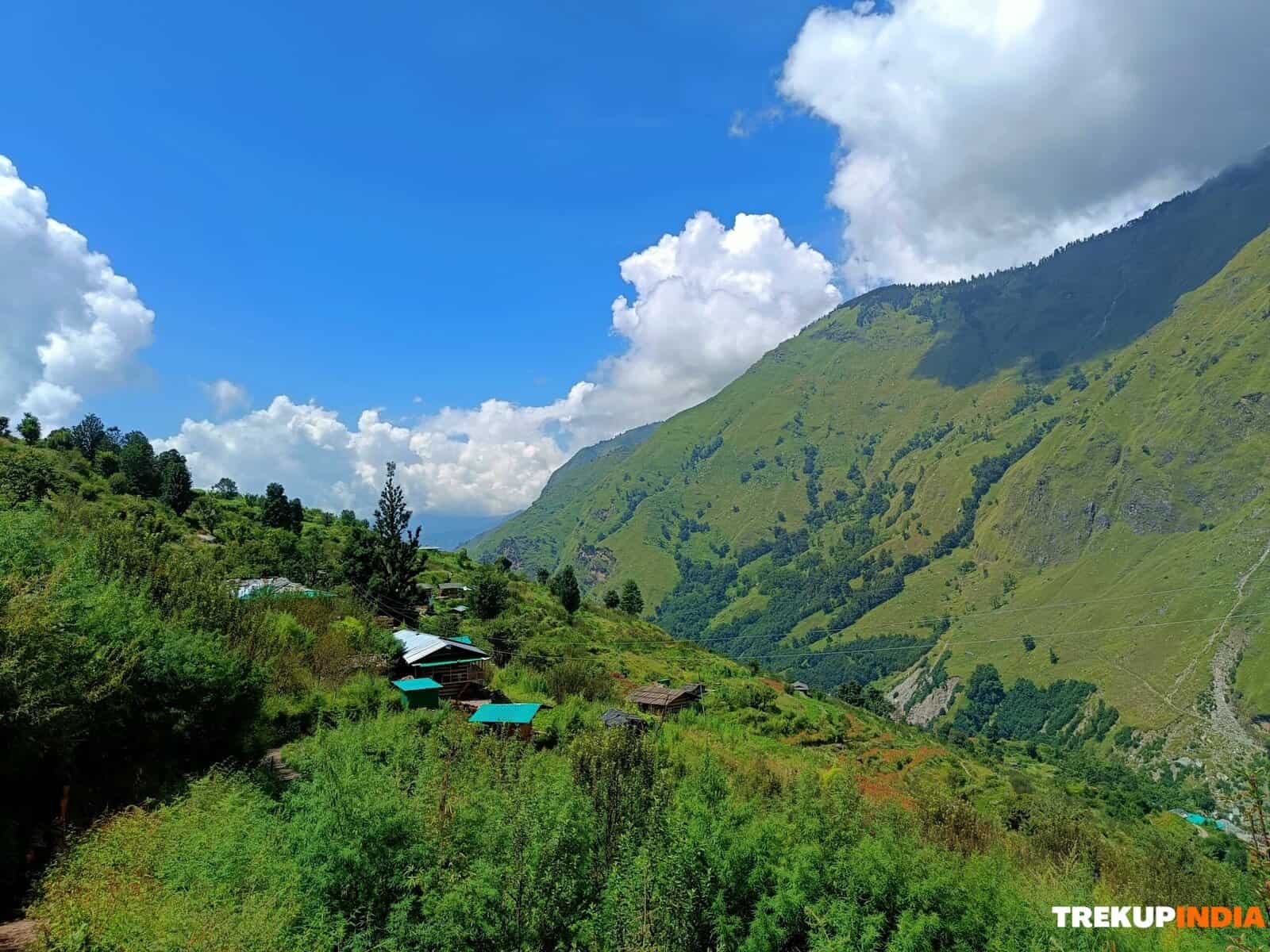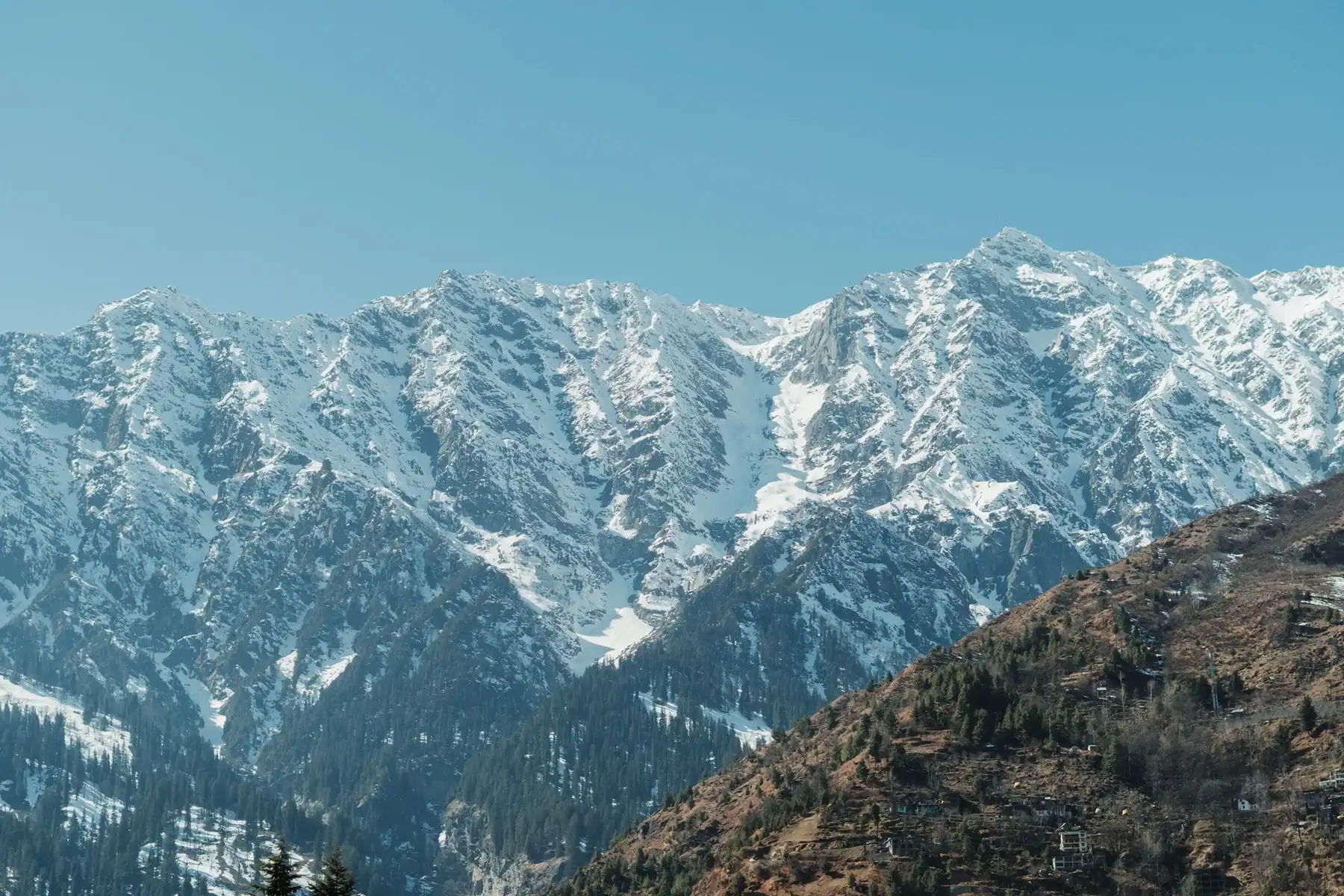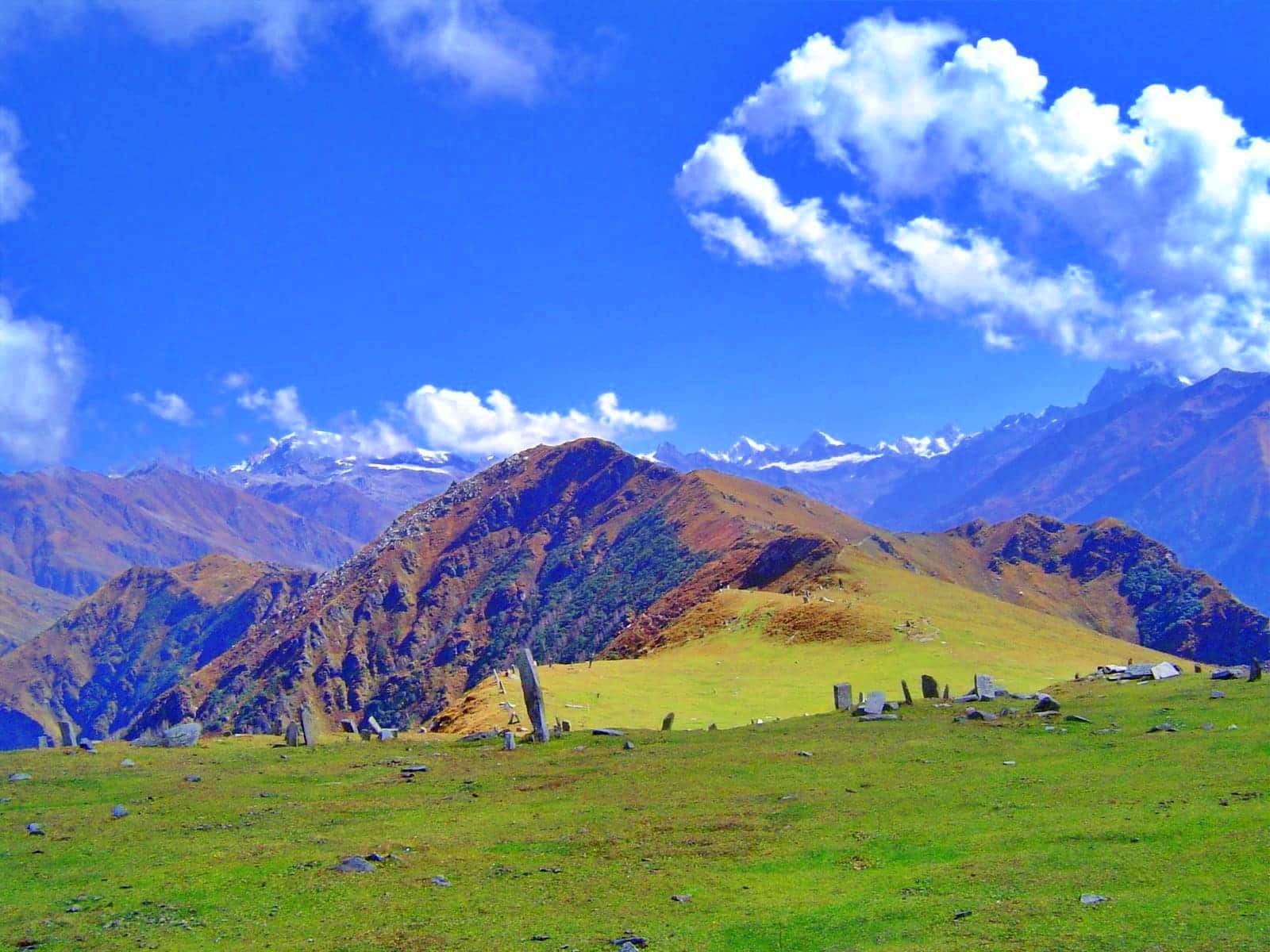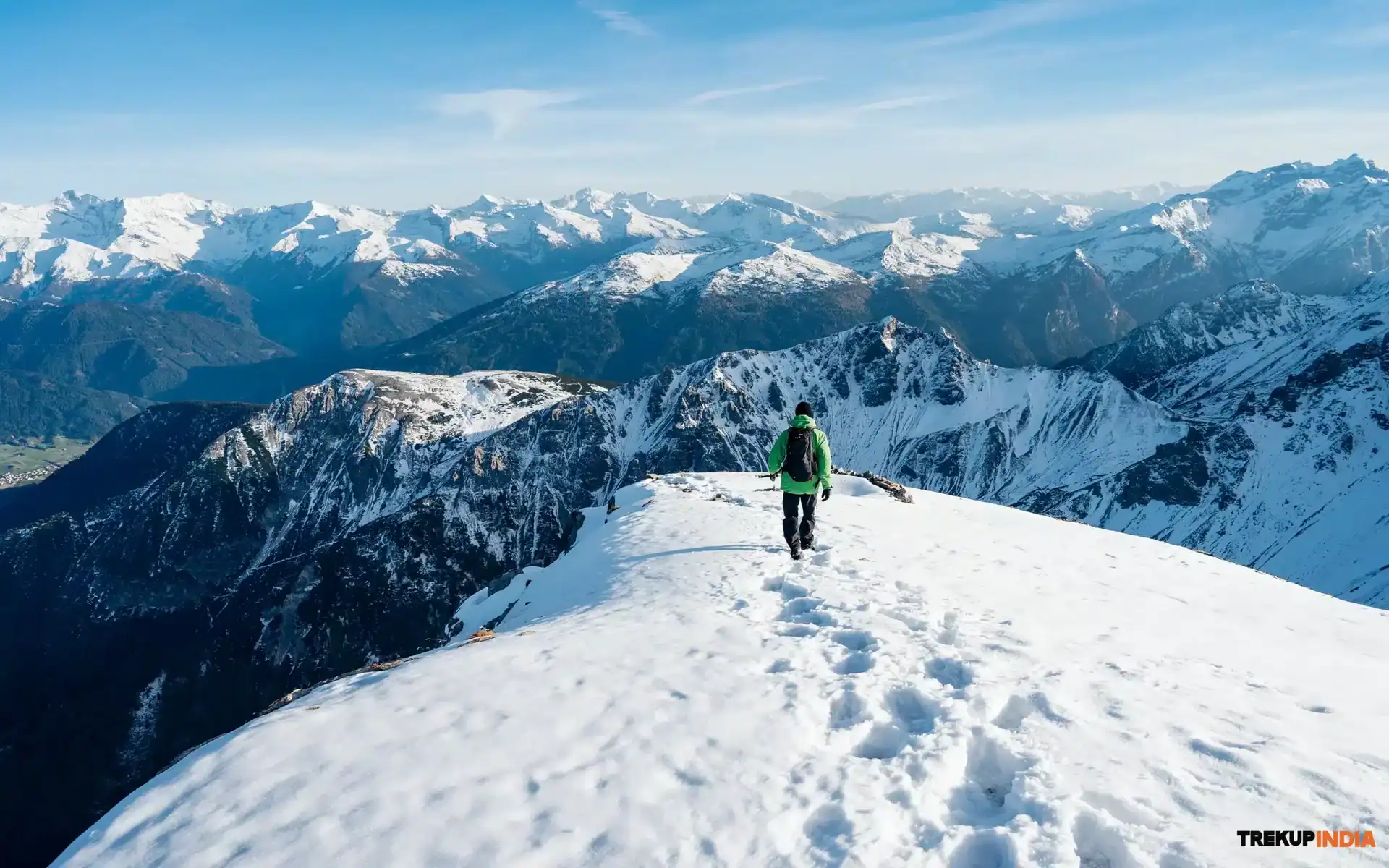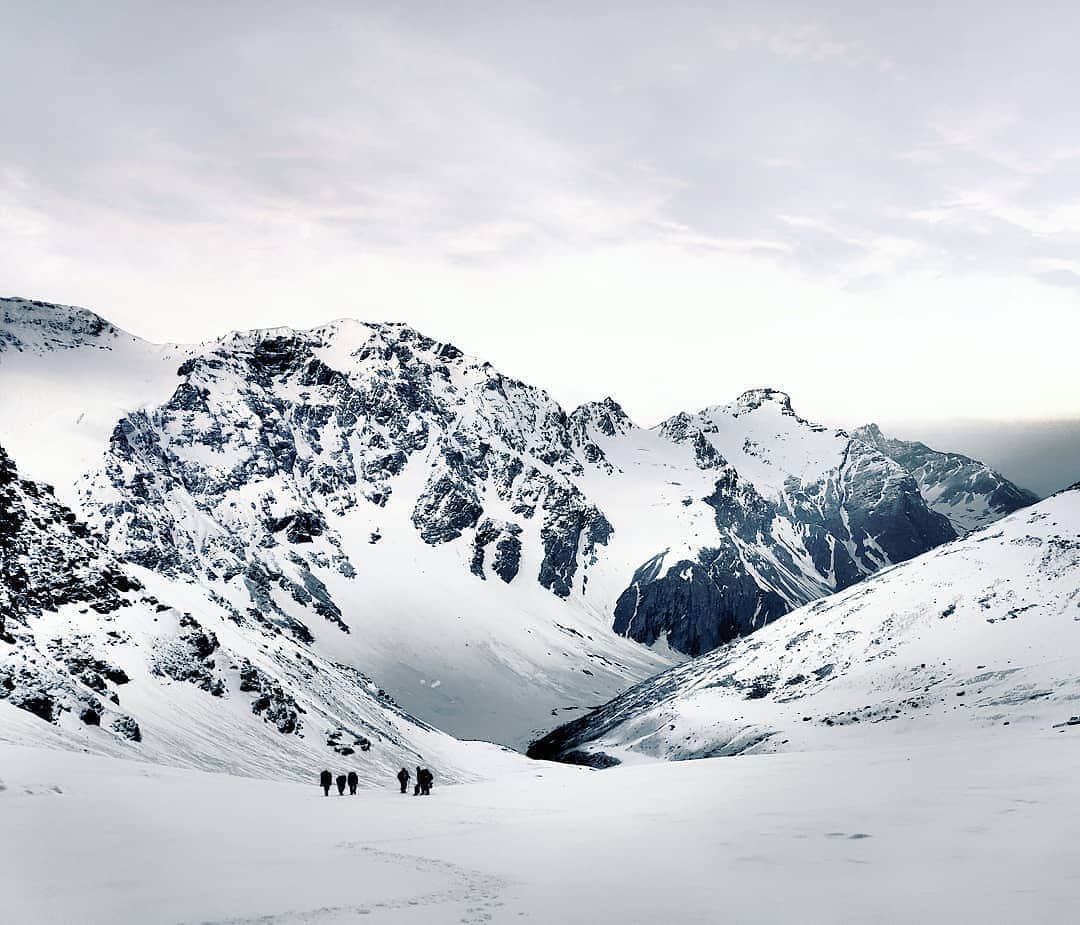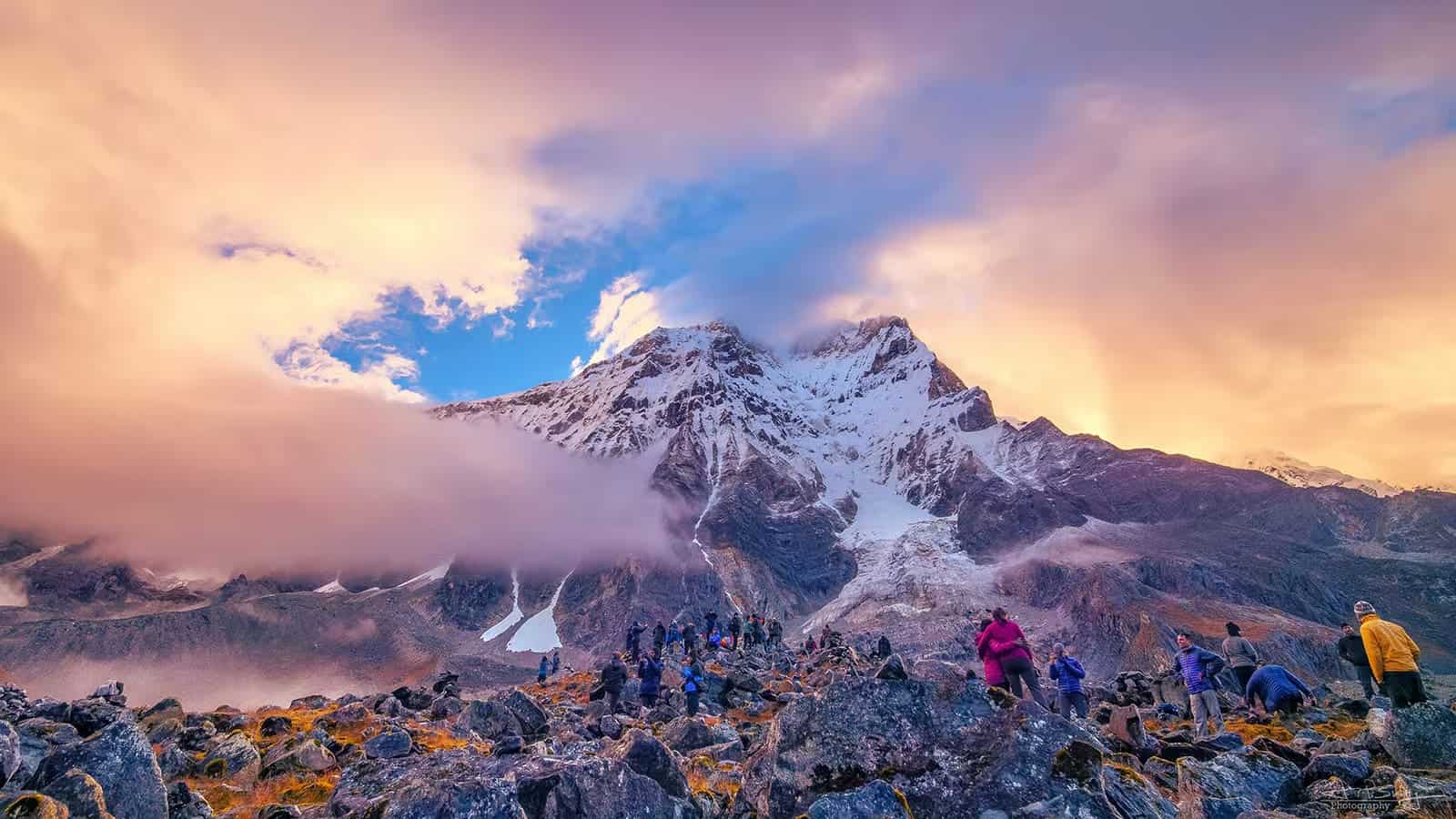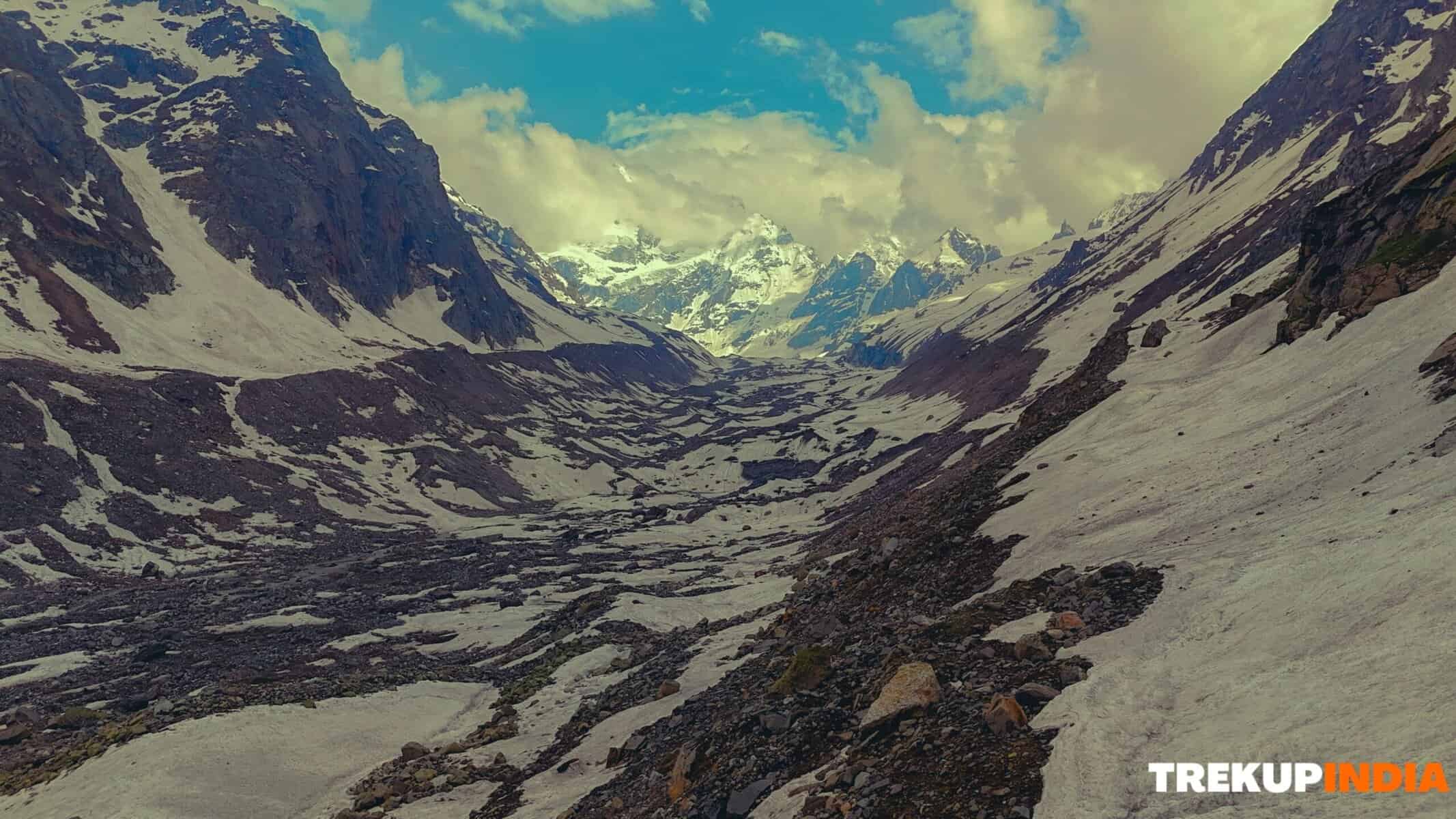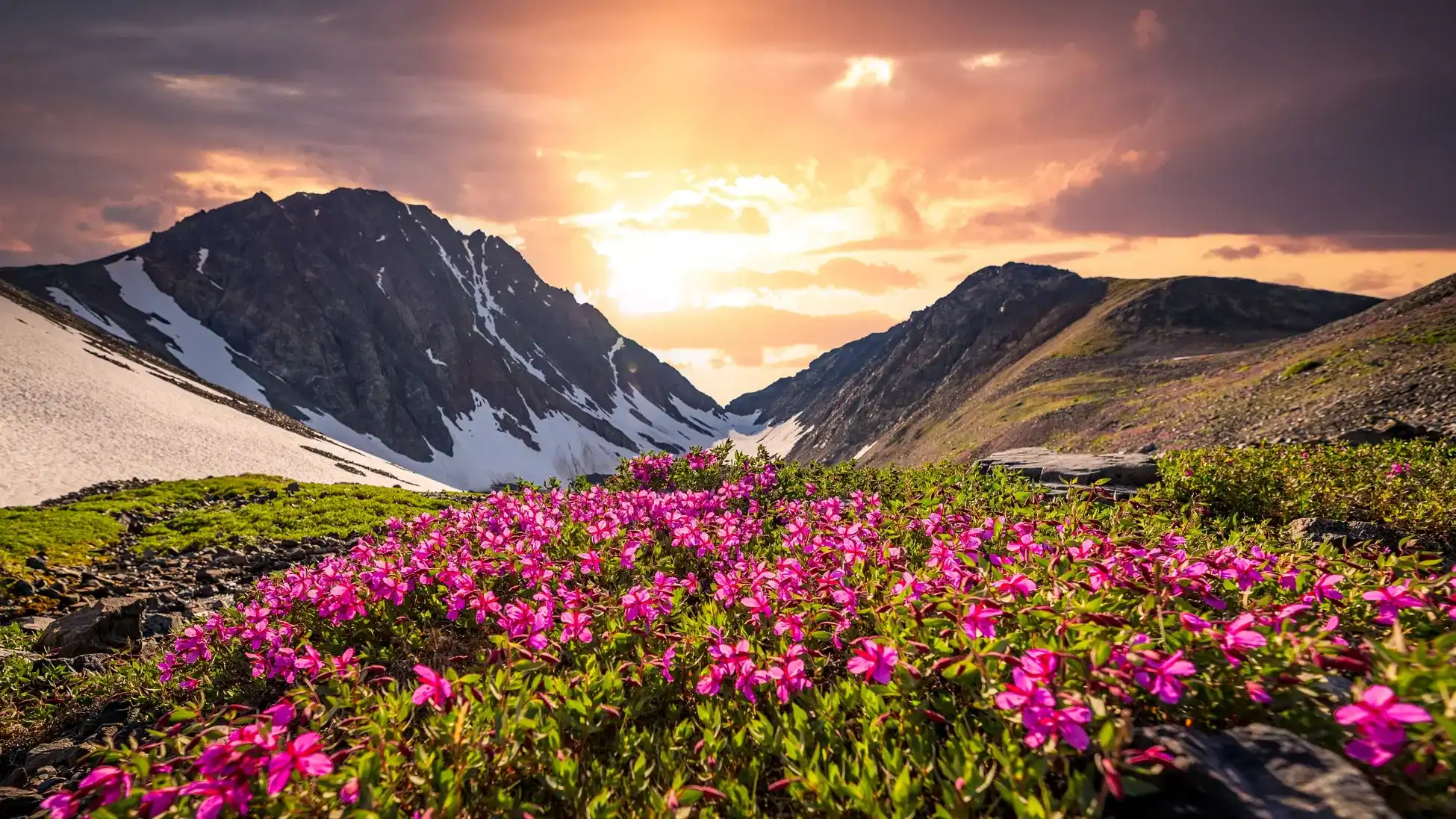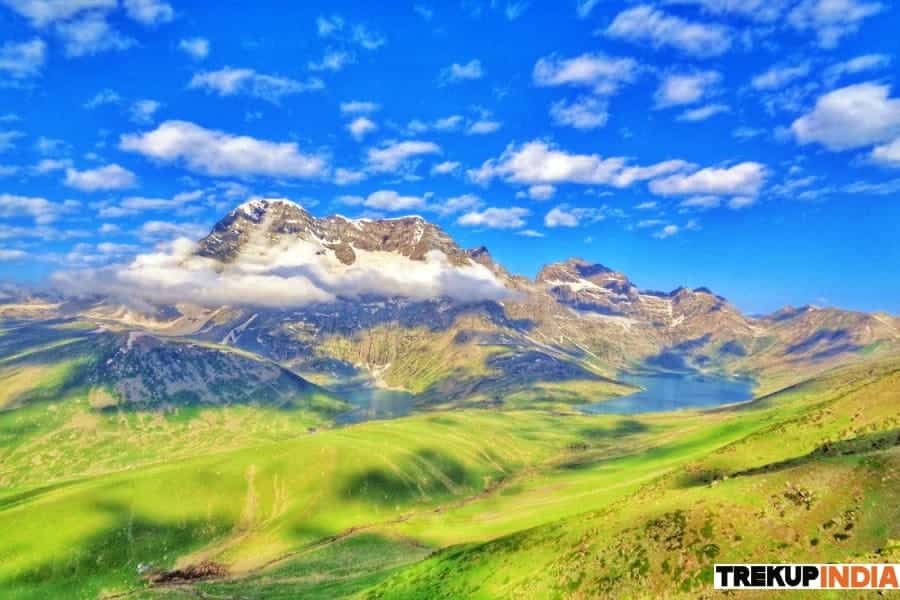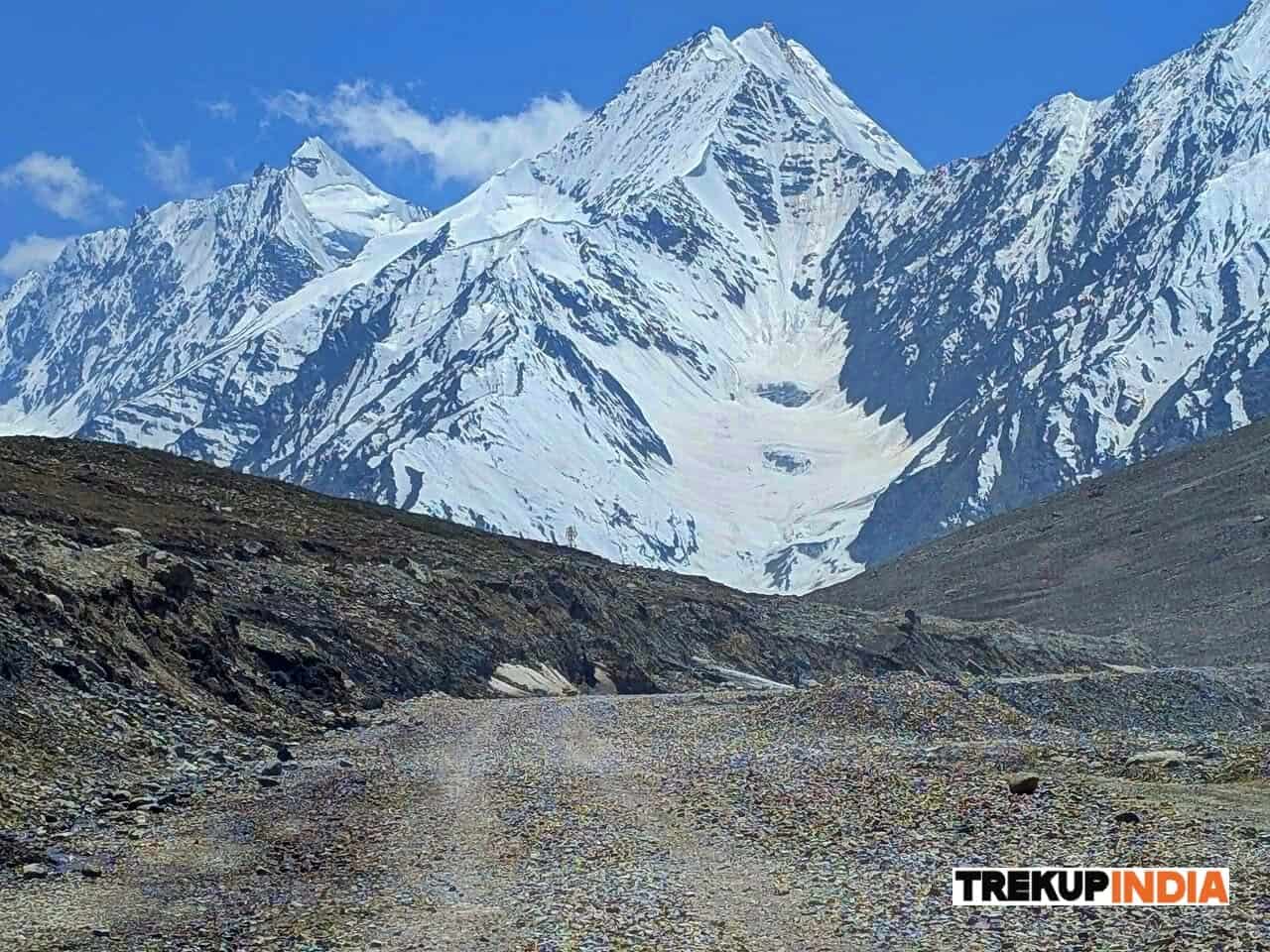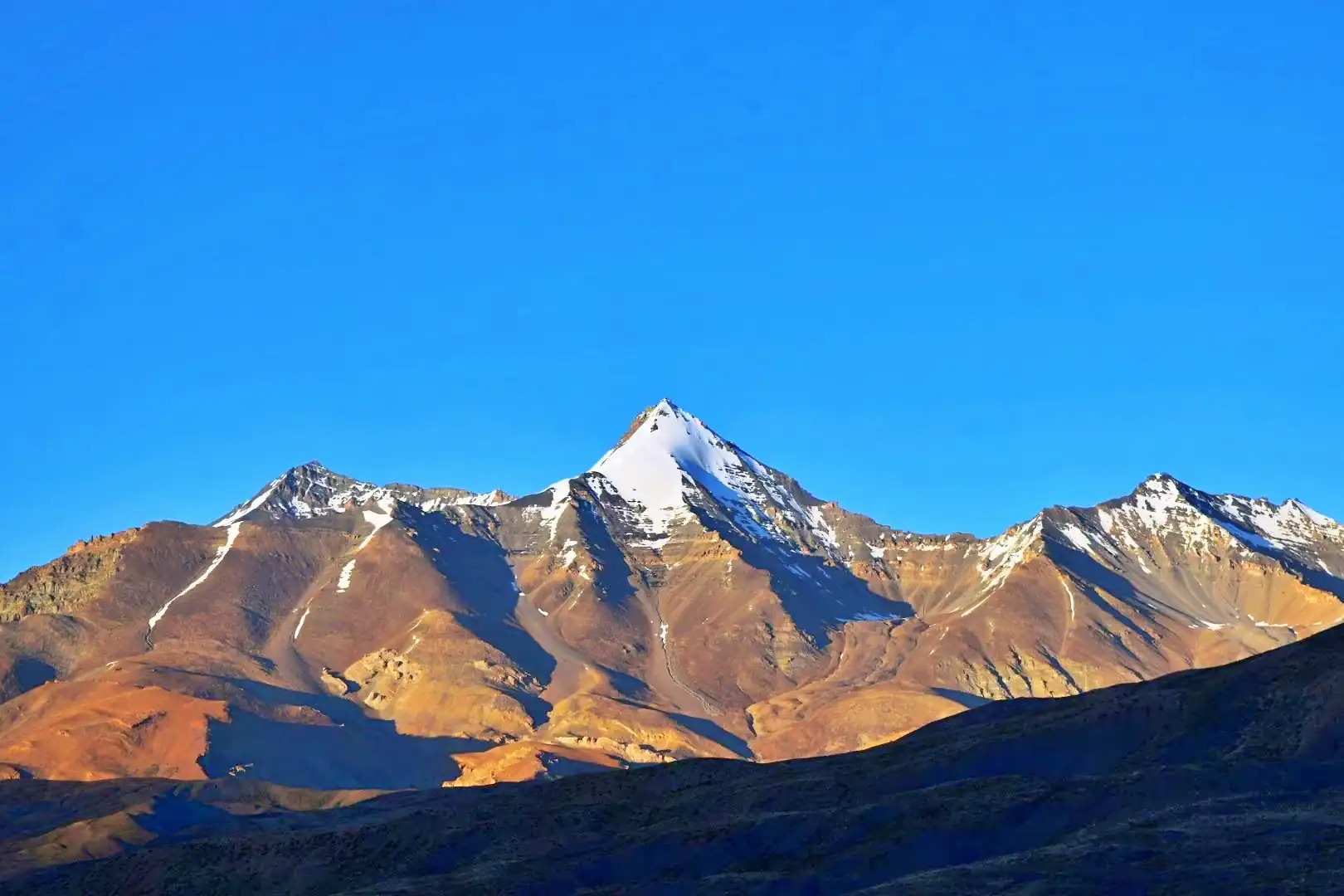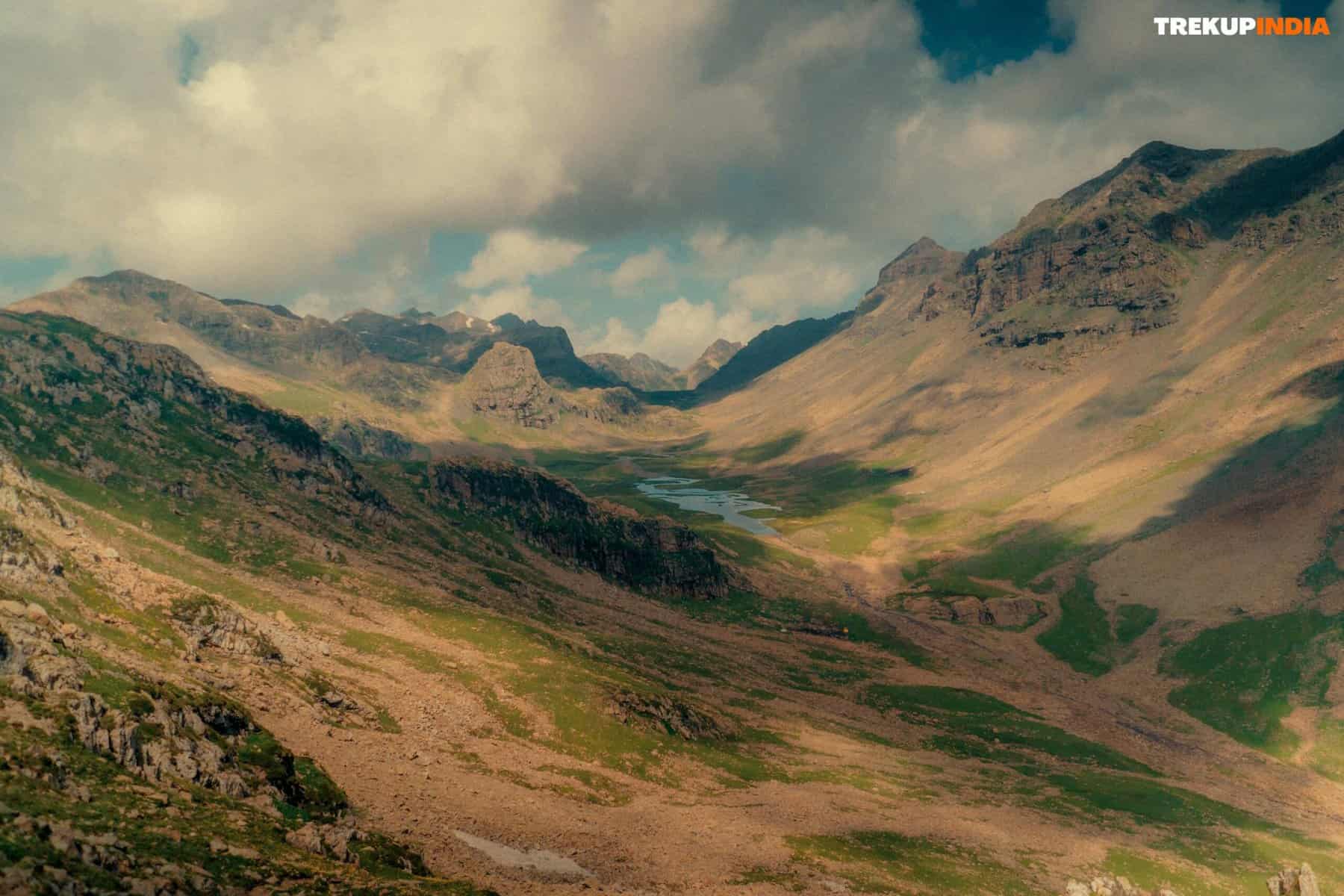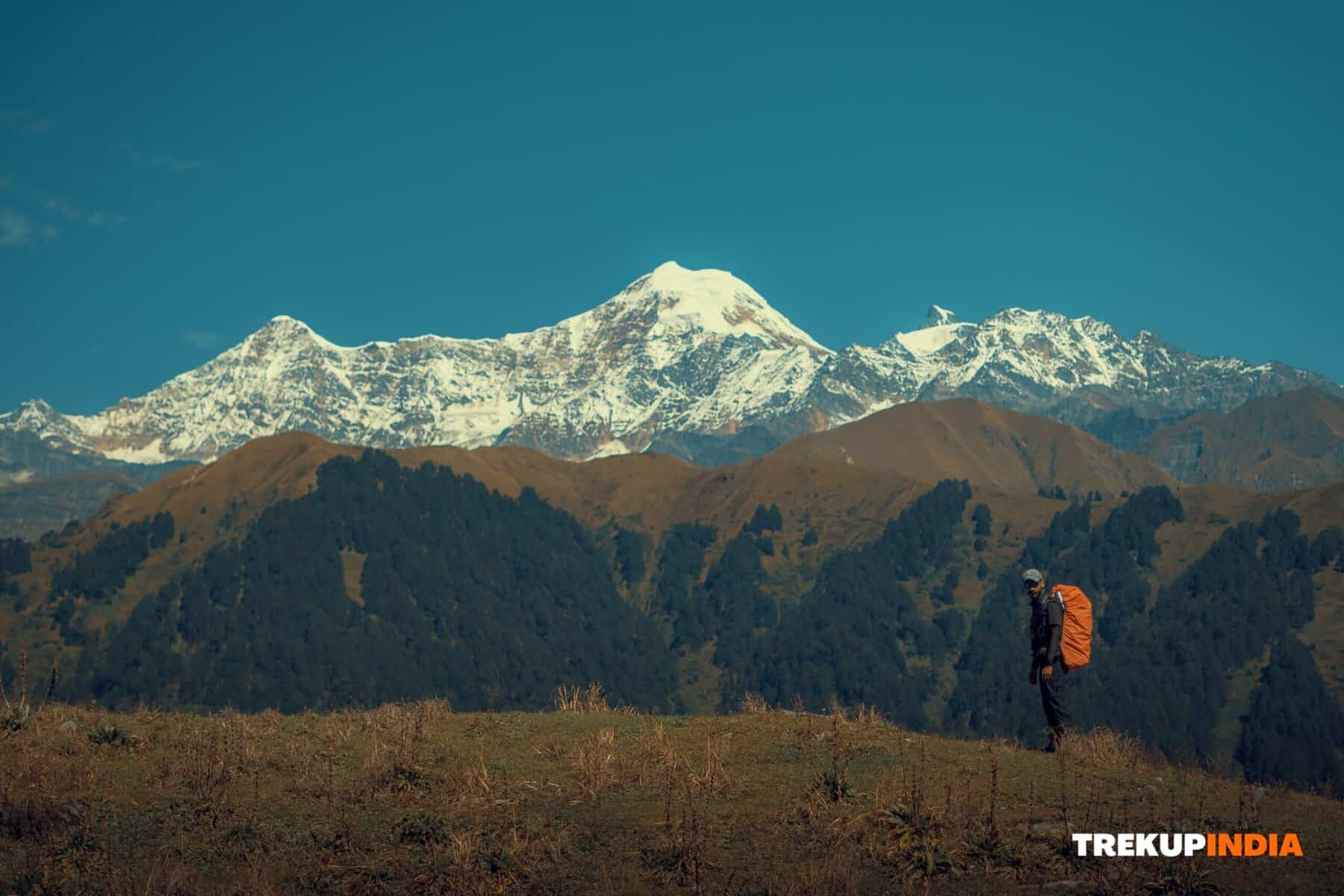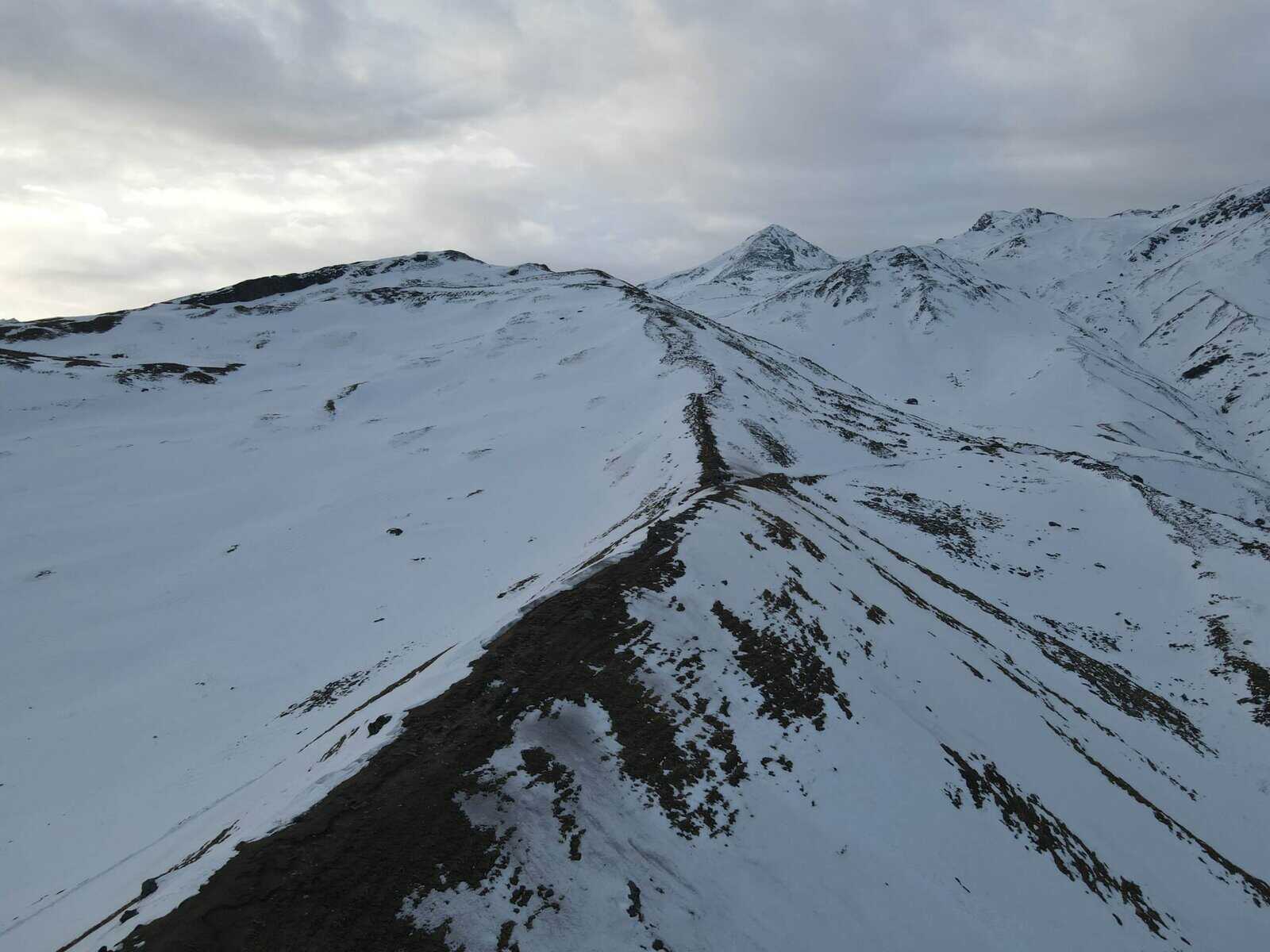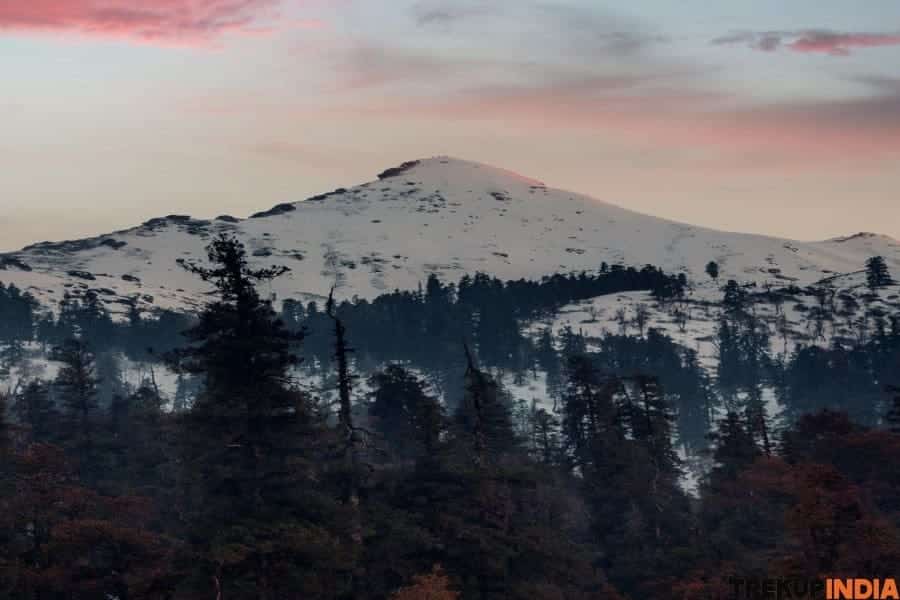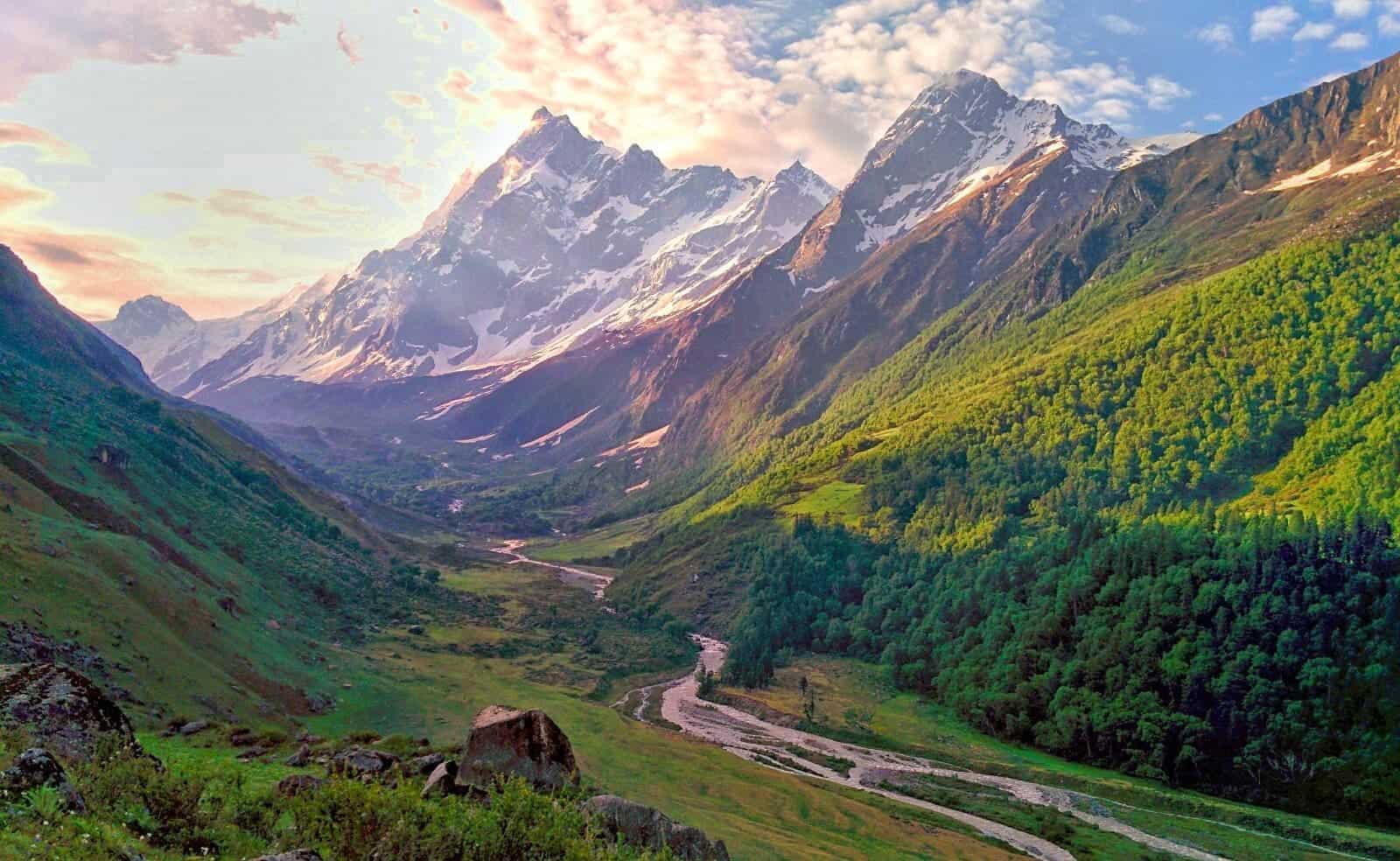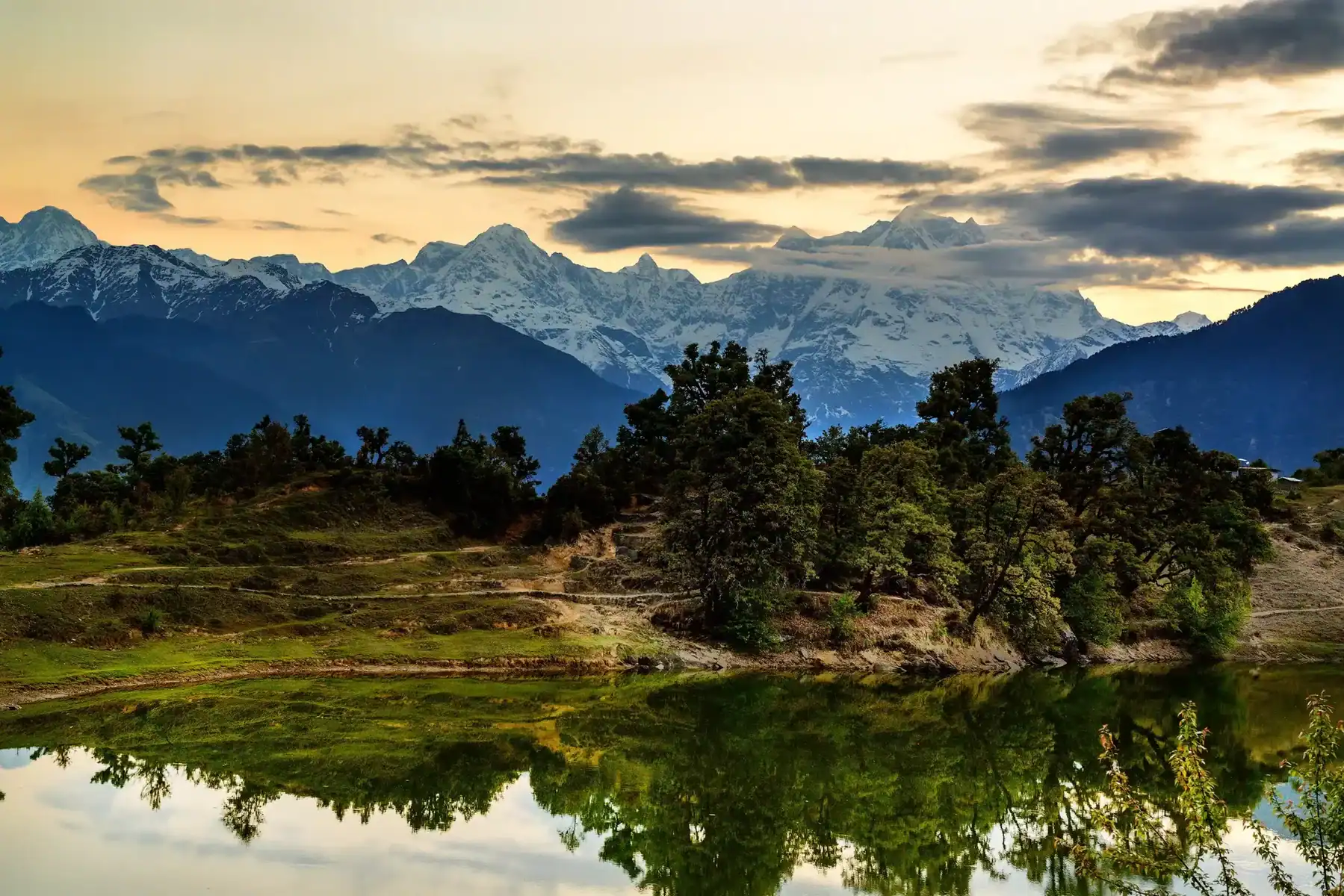How to Ensure Good Sleep & Restful Nights on a Himalayan Trek
Ultimate Guide to Restful Nights & Quality Sleep on a Himalayan Trek
Getting proper rest on a trek isn’t just a nice bonus—it’s actually one of the most important things you can do for your body. After a long day of hiking, your muscles are tired, your joints are a bit sore, and your energy levels have dipped. Sleep is when your body gets to work repairing all that wear and tear, so you can wake up refreshed and ready to hit the trail again. In this post, I’ll share a few simple ways to stay warm and sleep well in your sleeping bag—even when the temperature drops.
But first, let’s take a moment to understand how sleeping bags actually work. Because there’s a pretty common myth floating around…
A lot of folks think sleeping bags generate heat. But that’s not quite right. The truth is, your body is the heater. The sleeping bag’s job is to trap that warmth and keep it from escaping into the cold night air. So if you want your bag to do its job properly, there are a few basic do’s and don’ts you’ll want to keep in mind. It doesn’t have to be complicated—just a few small things can make a big difference between a chilly, restless night and a cosy, restful one.
So, whether you’re camping high up in the mountains or tucked into a forest clearing, these tips will help you make the most of your sleeping setup—and hopefully, help you wake up feeling ready for whatever the next day brings.
1. Make sure to have Food before Sleeping to avoid waking up with a chill.
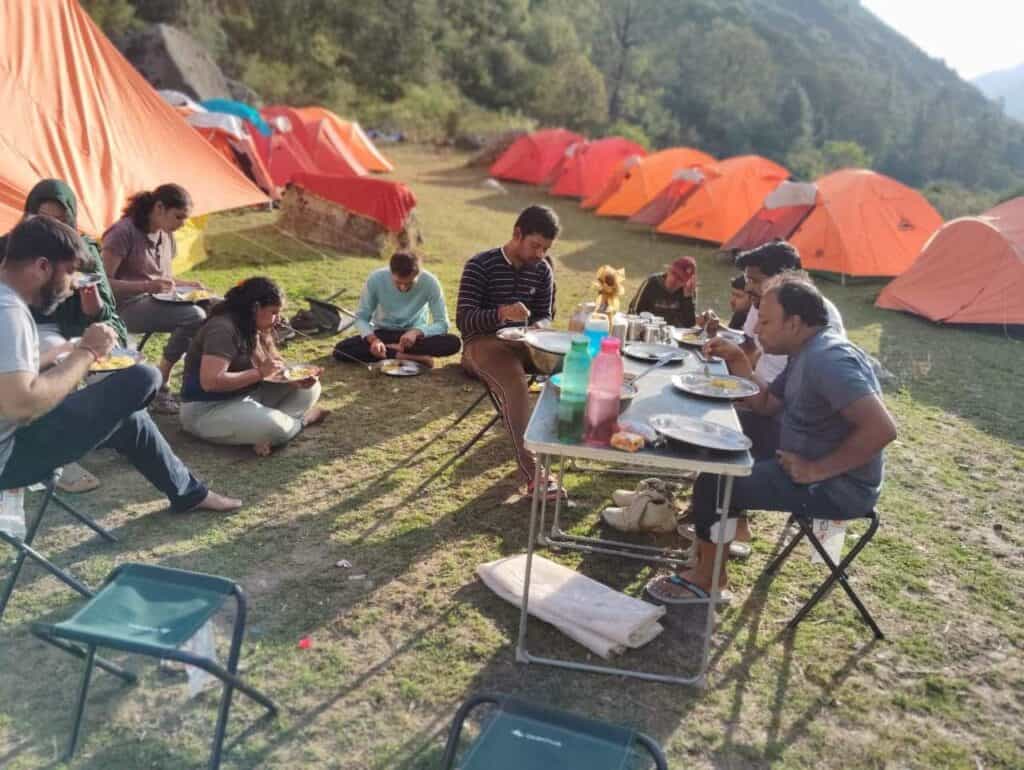
When you’re out trekking and finally crawl into your sleeping bag at night, your body depends on its natural metabolism to keep you warm. But here’s something a lot of people overlook: that process runs on fuel—yep, the food you eat. That’s why it’s actually pretty important to have something in your stomach before you go to sleep, especially if you’re camping out in cooler temperatures.
Your dinner shouldn’t just fill you up—it should work for you through the night. Try to include foods that are rich in complex carbs, healthy fats, and some protein. Stuff like nuts, cheese, or even a spoonful of peanut butter can be great because they take longer to digest. That slow digestion means a steady release of energy, which helps your body generate heat for hours while you snooze.
And here’s a small tip: try to eat dinner as close to bedtime as you can. That way, your body’s still digesting while you drift off, giving you a warm head start on the night.
One more trick I’ve picked up—if you wake up in the middle of the night and you’re feeling a bit chilly, don’t tough it out. Have a quick snack—just a handful of nuts or something similar. It might seem small, but it can really help your body crank up the heat again so you can fall back asleep comfortably.
2. Protect Your Limbs
When you’re out on a trek and settling in for the night, one of the most important things you can do is keep your extremities warm—your hands, feet, and head. That’s where your body tends to lose the most heat, so if those areas are exposed to the cold, you’ll feel it pretty quickly.
A good way to stay cozy? Slip on a pair of woollen socks, throw on some fleece or wool gloves, and don’t forget a snug wool cap. Honestly, you’ll be surprised how much of a difference a warm head makes. It’s a simple fix, but it can completely change how you sleep at night.
Also, here’s a neat little trick: if you wear your socks while you sleep, they’ll already be warm when you put them into your cold hiking shoes the next morning. No one likes the shock of icy socks, especially before sunrise!
So yeah—keep those extremities covered, and your sleep (and morning) will be a lot more comfortable.
3. Refrain from obstructing your nose.
As tempting as it might be to burrow completely into your sleeping bag on a cold night, it’s actually better not to cover your nose and mouth with it. Breathing inside the bag causes moisture to build up, which can leave the fabric damp—and once that happens, the bag loses a lot of its ability to keep you warm. Plus, all that humidity can make it harder to breathe comfortably after a while.
Instead, try adjusting the top of your sleeping bag so there’s a small opening around your face. That way, you’ll get some airflow without losing too much heat.
Quick tip: If you still want to keep your face warm, throw on a lightweight balaclava or wrap a soft scarf around your nose and mouth. It’ll do the job without messing with your sleeping bag’s insulation.
4. Making the sleeping bag more compact
Layering up before you crawl into your sleeping bag does more than just keep you warm—it actually helps your bag work better. By filling up the space inside with clothes and not just cold air, you’re giving your body less area to heat. That means less heat is lost to the air around you, and more of it stays where it should: close to your skin.
Another trick? Snuggle up. Seriously. Push your gear off to one side of the tent, then huddle close with your tent buddies—kind of like a pack of cozy, cold-weather rats. The more you stay close, the less of your sleeping bag is exposed to cold air, and the more warmth you share between you.
Tip: If you’re on the shorter side or helping a kid stay warm, try folding the bottom of the sleeping bag under their legs. It cuts down on dead space and keeps the warmth from drifting away to the foot of the bag.
5. Place a warm water bottle inside the sleeping bag for comfort.
Instead of tossing a hot water bottle down by your feet (tempting, I know), try keeping it closer to your core—like between your thighs or tucked against your chest. That way, you’re warming up the areas that matter most for keeping your whole body comfortable. Just make sure that bottle’s sealed up tight—no one wants a soggy sleeping bag surprise in the middle of the night.
Tip: Want to feel extra refreshed in the morning? Use that same bottle trick to your advantage. Fill it with warm water before bed, and by morning, you’ve got a cozy litre of water ready to sip. It’s a gentle way to wake up your body and jumpstart your metabolism—plus, it feels pretty great on a chilly trek morning. Give it a shot.
6. Avoid delaying nature's call.
As weird as it sounds, your body actually uses energy to keep your pee warm while it’s sitting in your bladder. So yeah, holding it in can literally make you colder. That’s why, as tough as it is to leave the cozy cocoon of your sleeping bag in the middle of the night, it’s worth it to get up and go. You’ll sleep way better—and probably warmer too—once your bladder’s empty.
Tip: Try to pee about 30 minutes before bed and again right before you actually crawl into your sleeping bag. And maybe ease up on chugging water after dinner, so you’re not stuck playing the midnight bathroom game in the first place.
7. Choose Dry-Fit attire instead of Cotton.
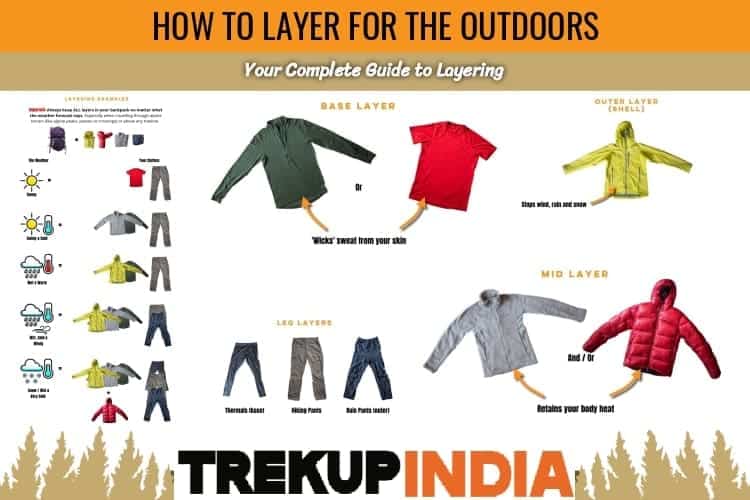
Even when you’re bundled up and feeling snug inside your sleeping bag, chances are you’ll sweat a bit during the night. It’s just what your body does to regulate temperature. But here’s the thing—cotton is not your friend out there. It soaks up moisture like a sponge and then just… holds onto it. That dampness sticks around, and before you know it, you’re feeling clammy and cold.
Instead, go for moisture-wicking materials like wool, polyester, or polypropylene. They’ll help pull the sweat away from your skin and dry way faster. Also, one of the best things you can do when you get to camp? Change into a fresh, dry set of clothes. Seriously, it makes a huge difference.
Tip: Always ditch any wet clothes before getting into your sleeping bag. Even if you think they’ve dried a bit, swap ‘em out—you’ll thank yourself later.
About Author

Preetam Singh Rawat (Founder)
The person behind this trekking organization is someone who’s spent over a decade – 12 years, to be exact – living and breathing the mountains. With multiple high altitude summits under his belt (we’re talking 6000 to 7000 meter peaks), he’s not just experienced – he’s the real deal.
But what really sets him apart is the sheer number of treks he has guided. He has led over 200 Himalayan expeditions, including well known routes like Bali Pass, Buran Ghati, Rupin Pass, Pin Bhabha, Stok Kangri, and Black Peak. Not just once, but multiple times. So yeah, when it comes to the Himalayas, he knows every twist in the trail and every story the mountains have to tell.
Got questions or want to get in touch? Write to Preetam at preetam@trekupindia.com. He’s always happy to chat about treks, answer your questions, or help you prepare for your next big adventure.
Why TrekupIndia?
Since 1993
- Trekup India has been one of the most recommended partners for trekking adventure tourism for more than 29 years. Featuring more than 75 Himalayan treks makes us supreme in the domain.
- We have explored trails like Kedarkantha Trek, Rupin Pass Trek, Borasu pass, Bali Pass, etc.
- Trekup India is India’s Oldest, Safest And direct operation trekking organisation. Trekup India has more trekkers than any other organization. 15,000 plus for 2022
We Are Approved And Certified By :-
- Adventure Tour Operators Association of India (ATOAI)
- Indian Mountaineering Foundation (IMF)
- State Tourism Department
What We Do?
- Trekup India is the most trusted trekking company in India. We also sets safety standards for the entire trekking industry.
- Trekup India is the pioneer of trekking in India. Trekup India has brought most trekking routes, trekking systems and trekking equipment to India for Indian trekking.
Save The Trail
- Trekup India’s Save The Trails program is a favorite among trekkers. Our Save The Trails program has made trails, where Trekup India runs trekking, pristine. Save The Trails is a great way for trekkers to leave our mountains better that we found them.
- Trekup India is a unique trekking company that offers the Trekup India’s Trekkers best experience. These transformative experiences are well-designed and leave an indelible impression on trekkers. These have been around for 29 years.


